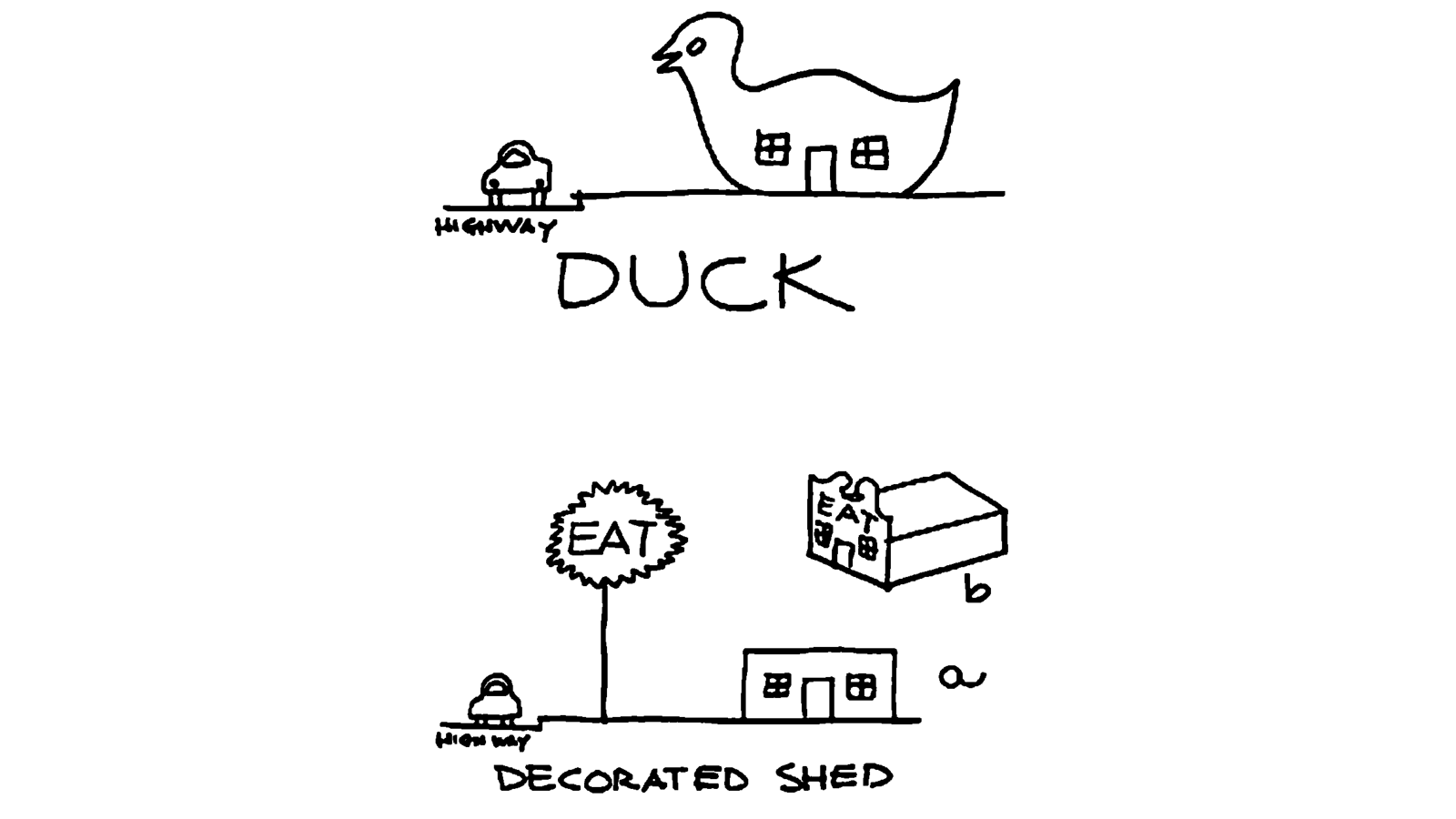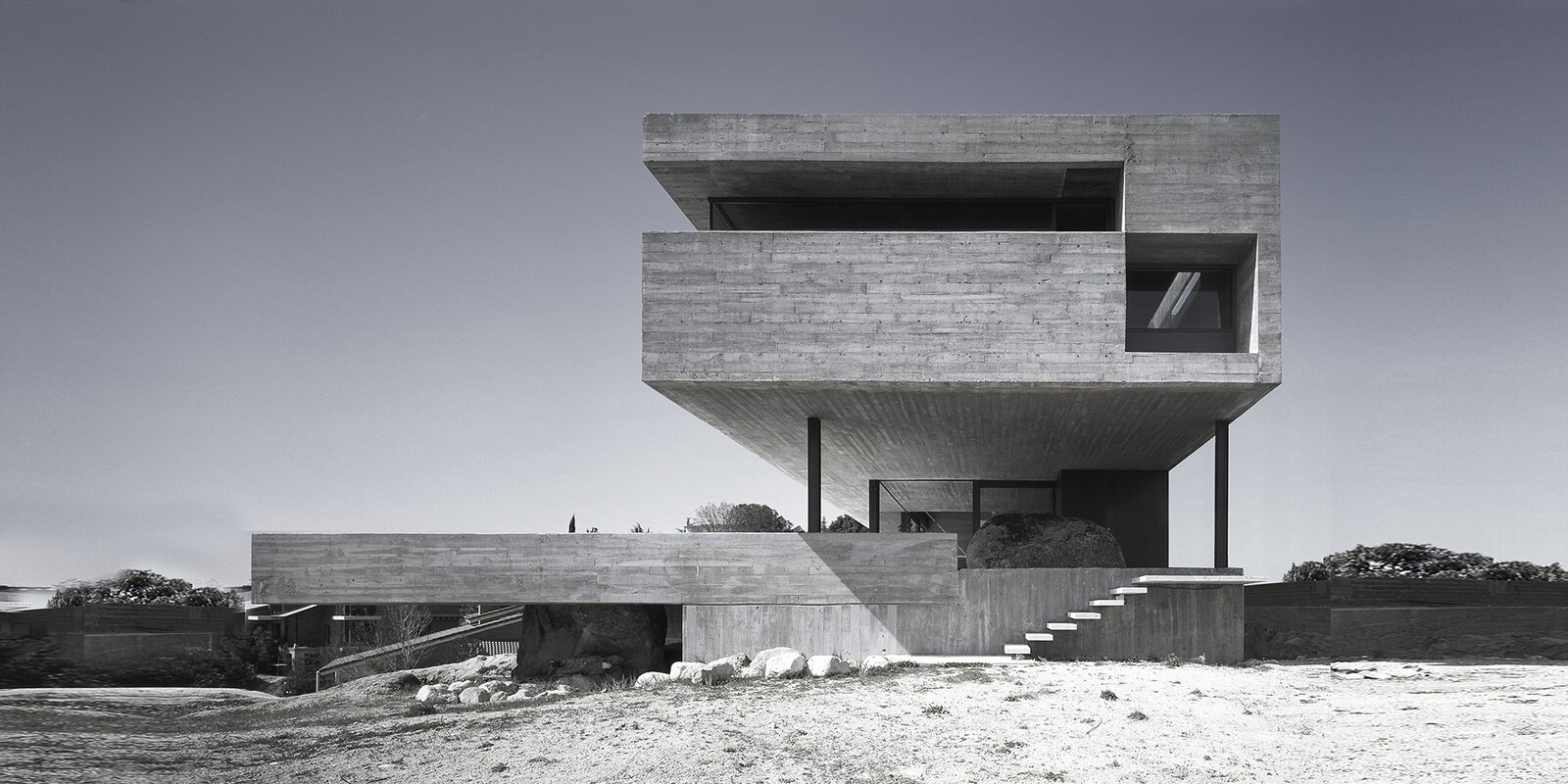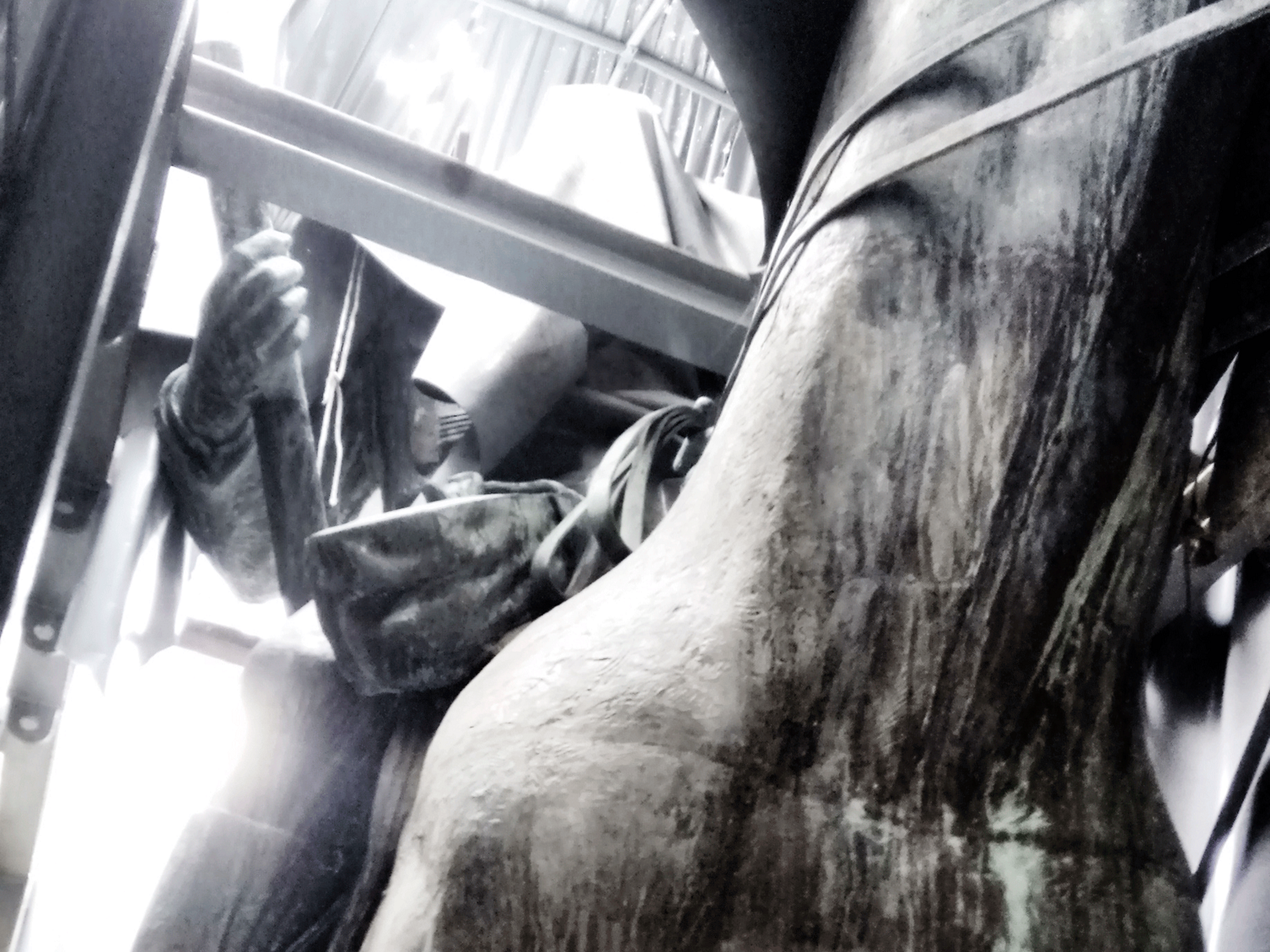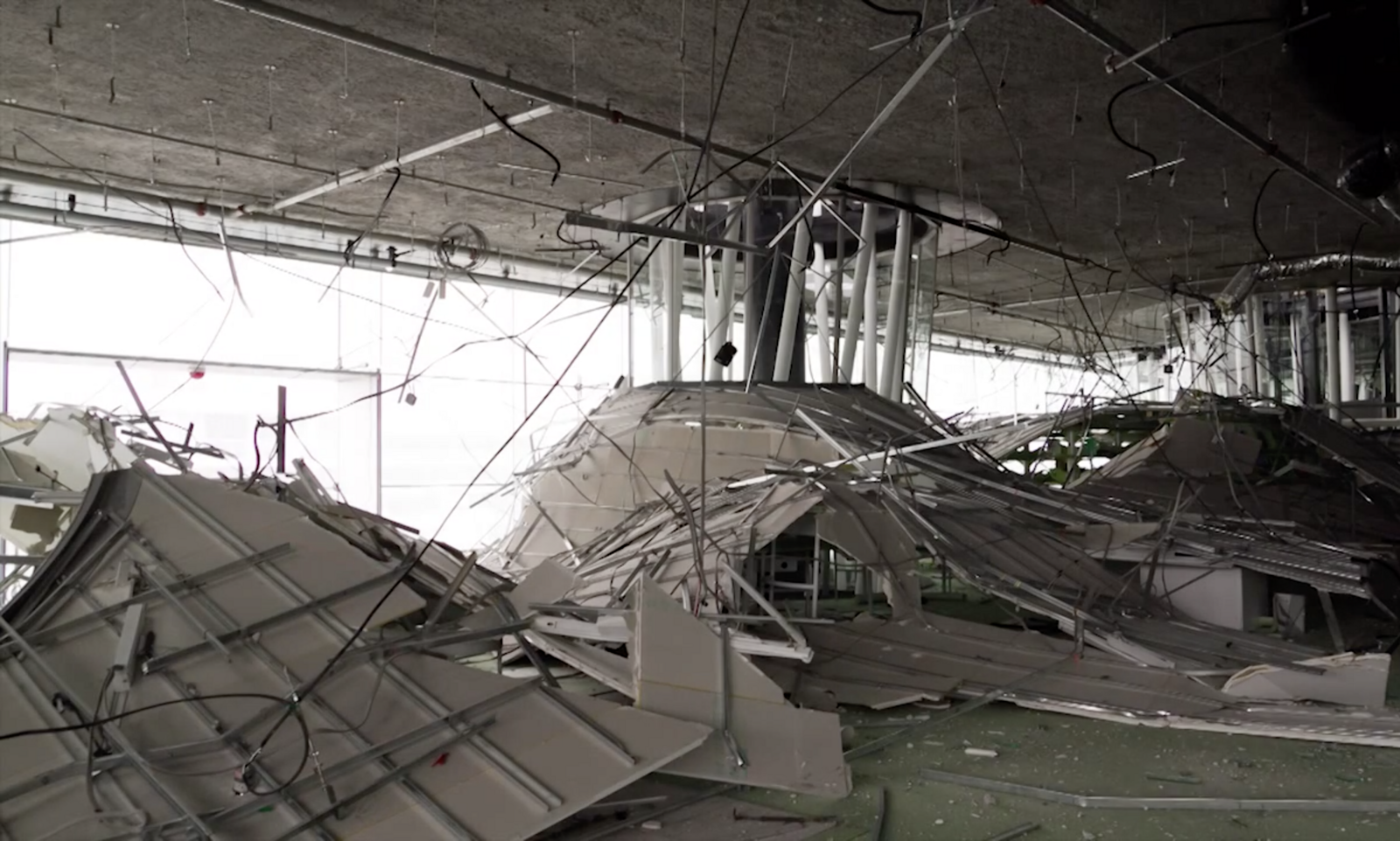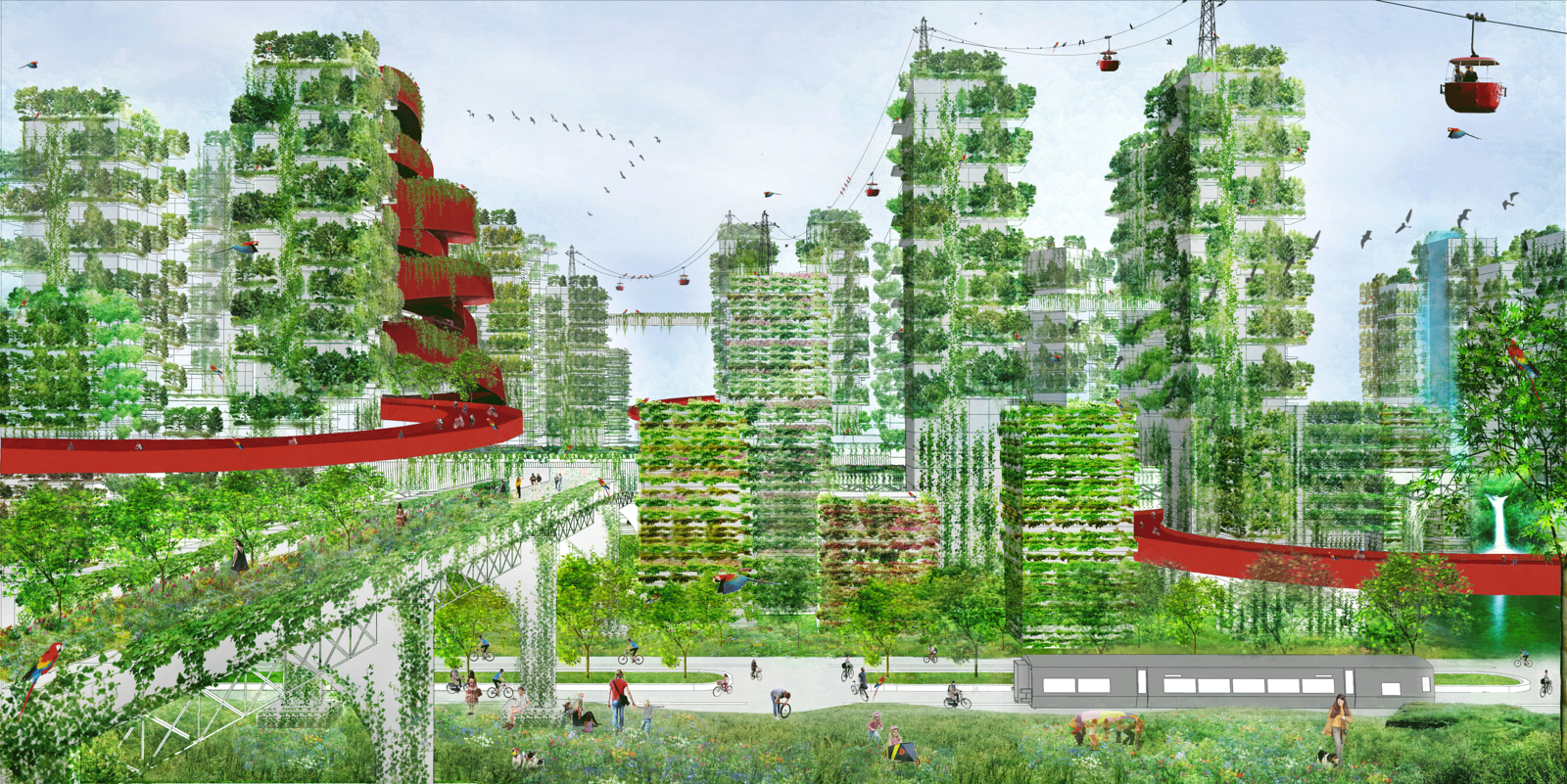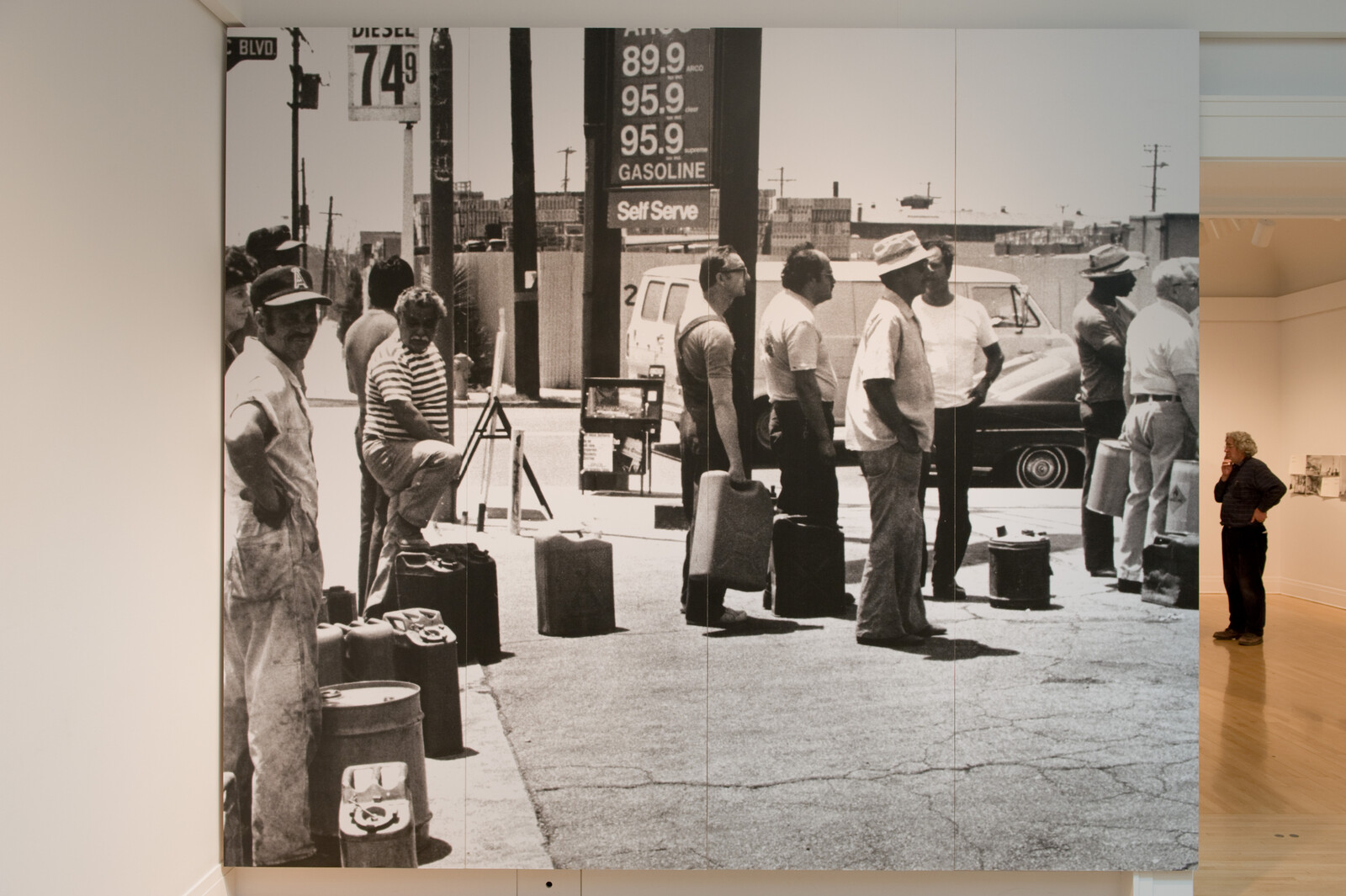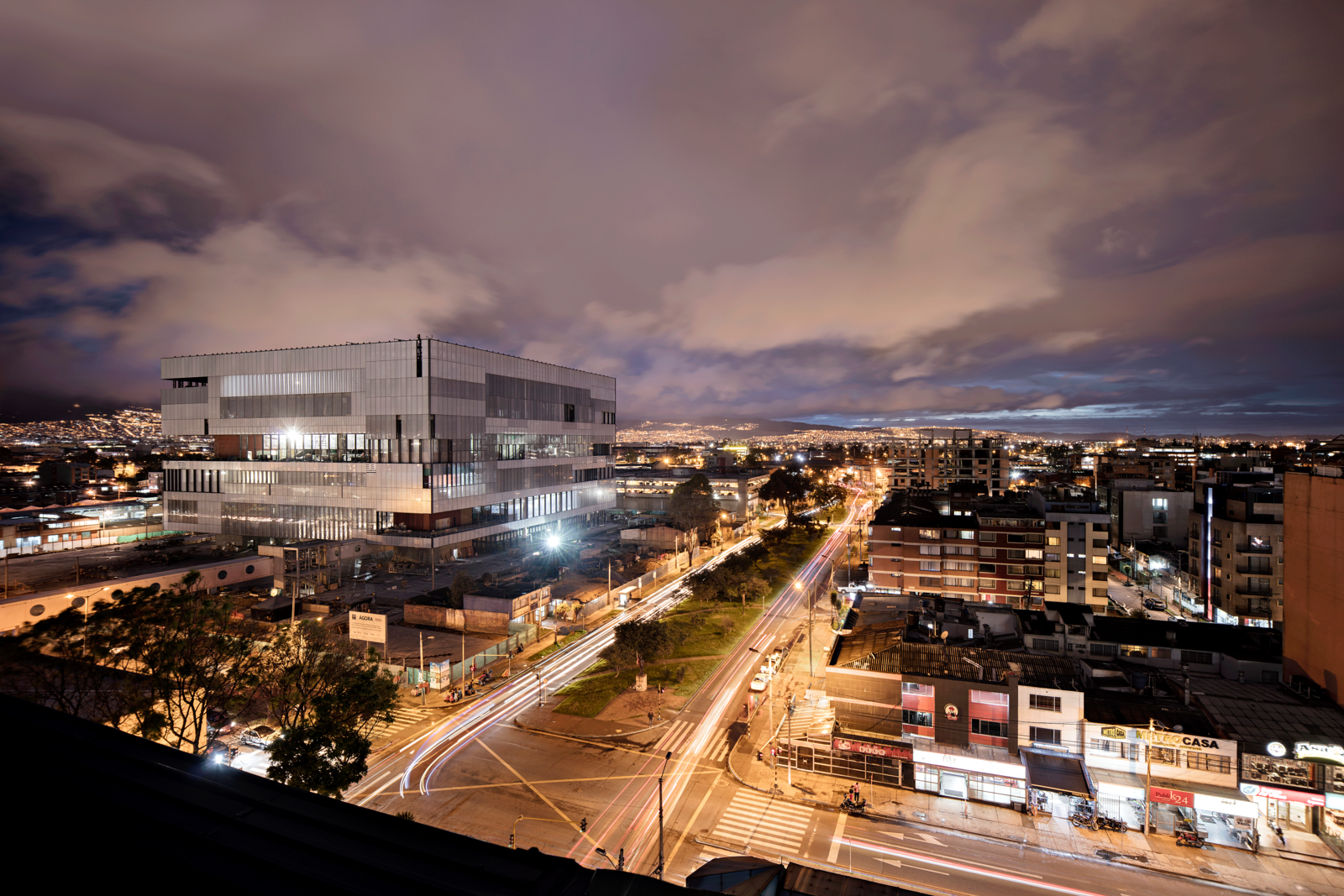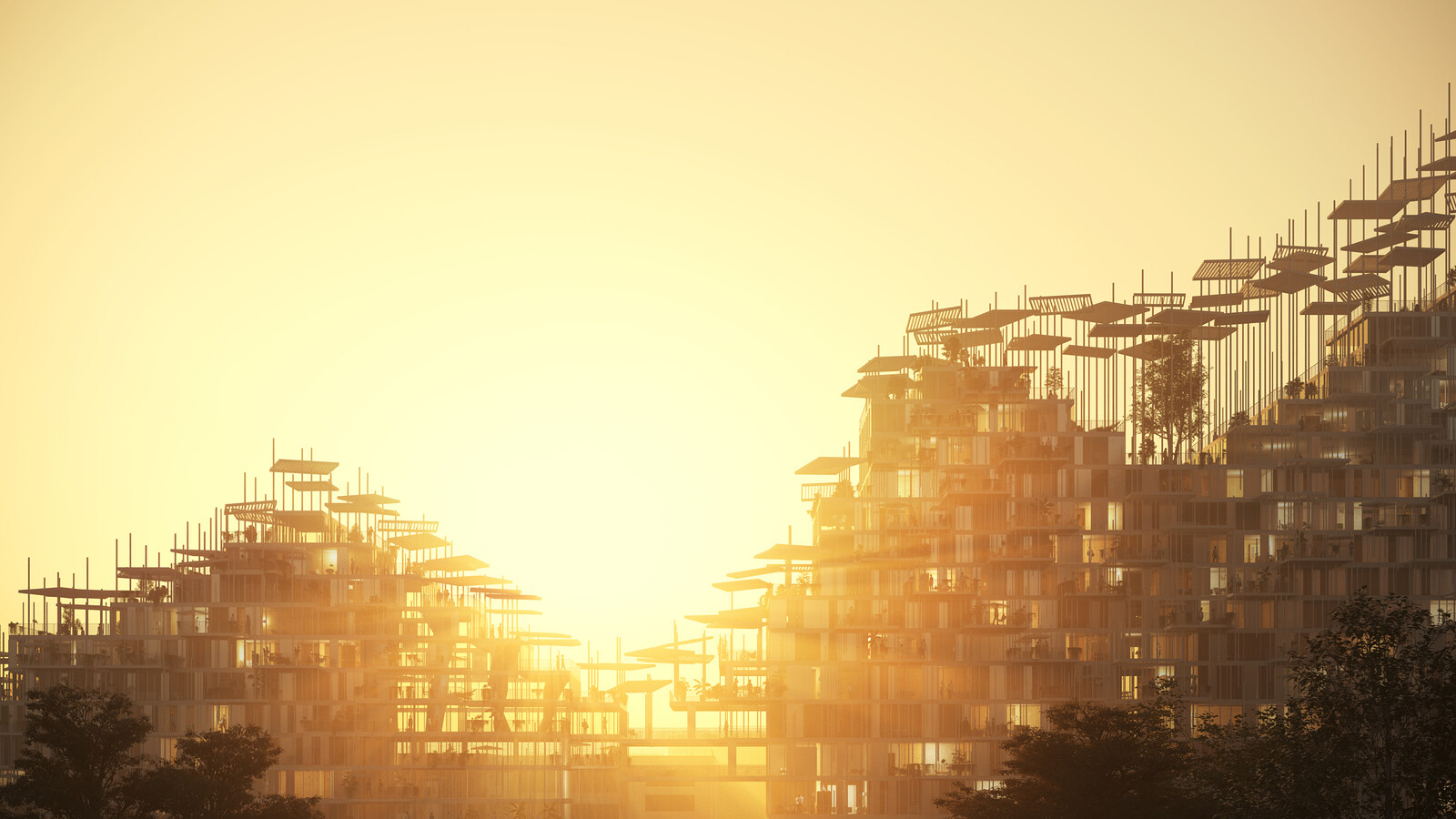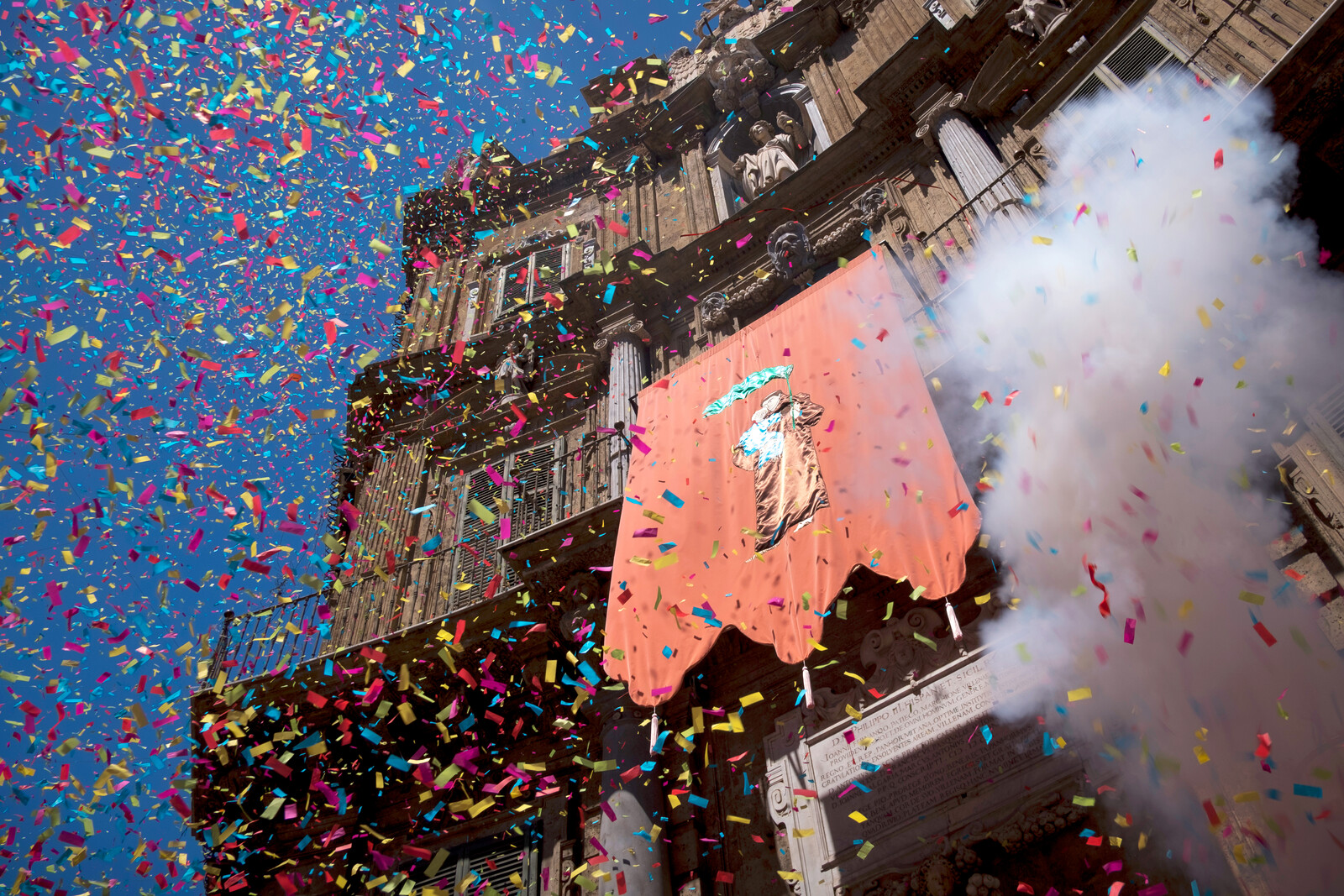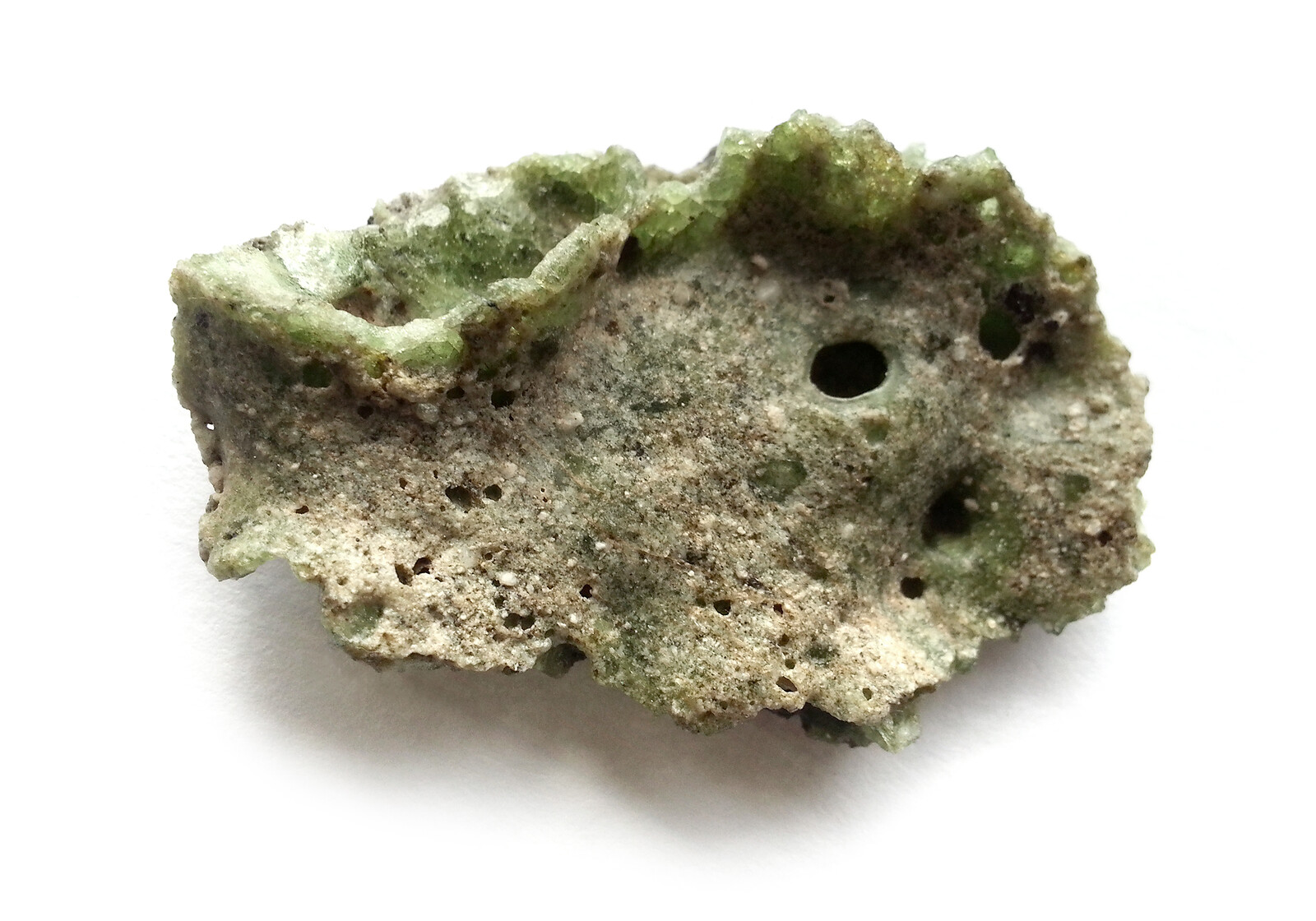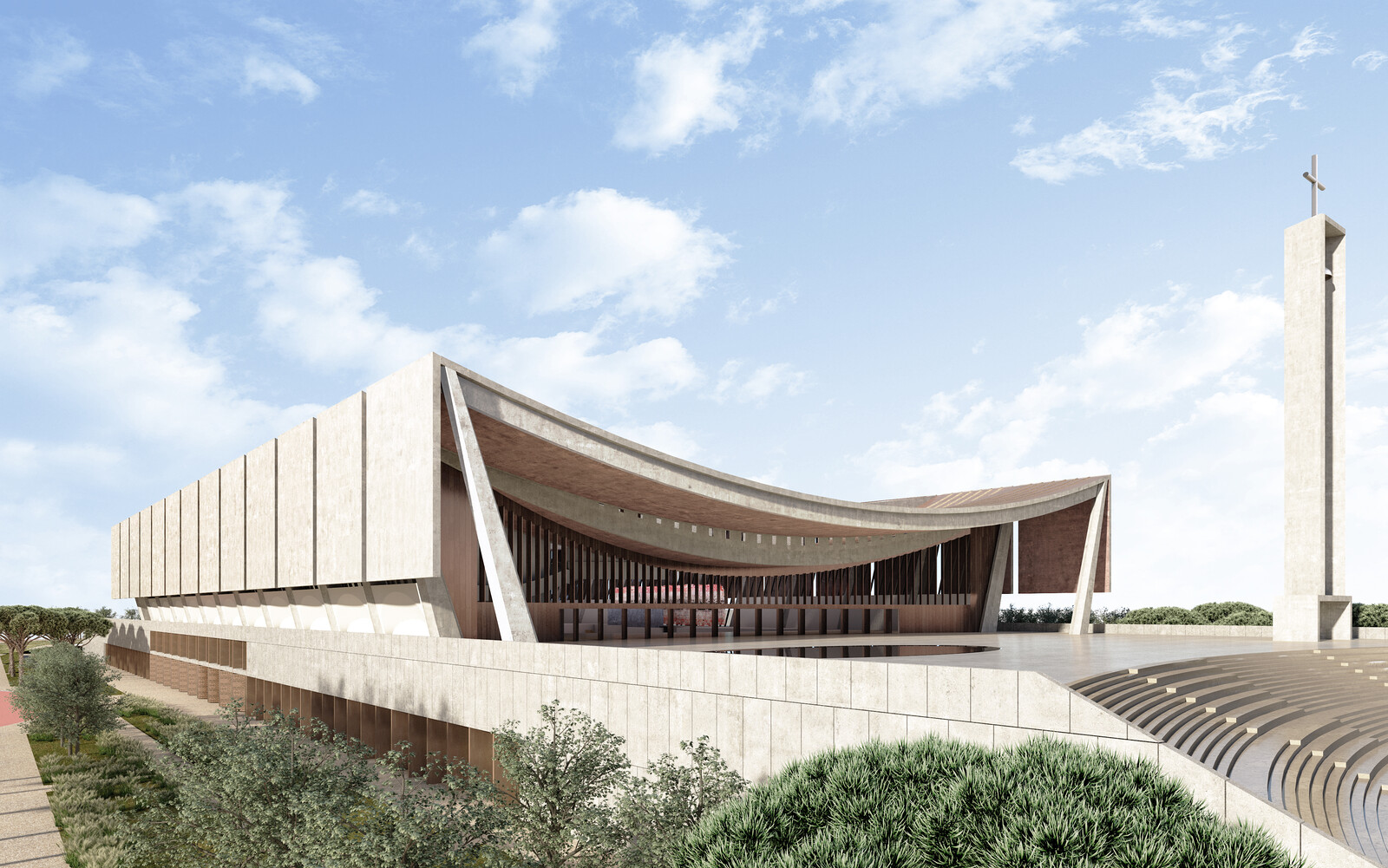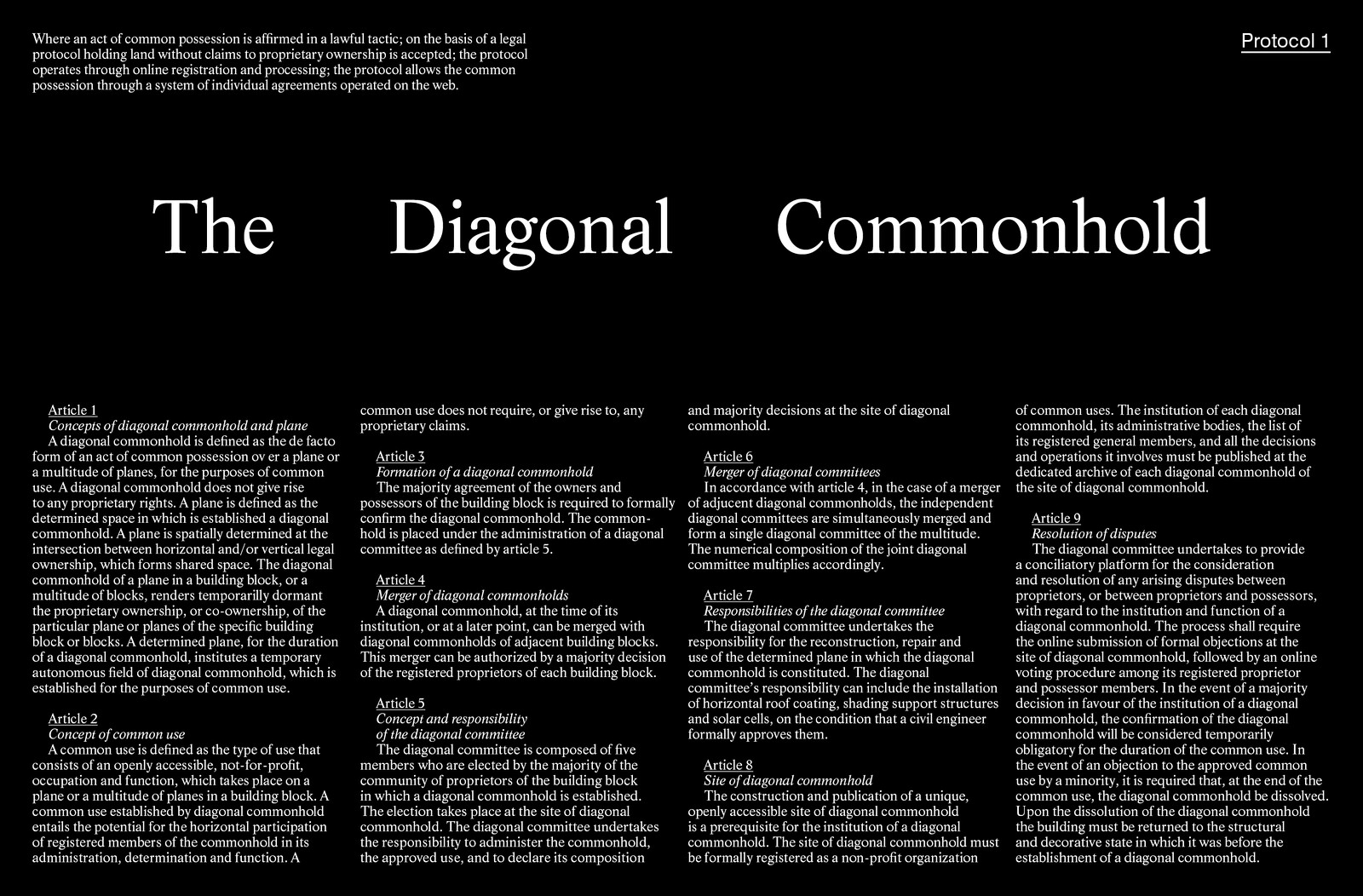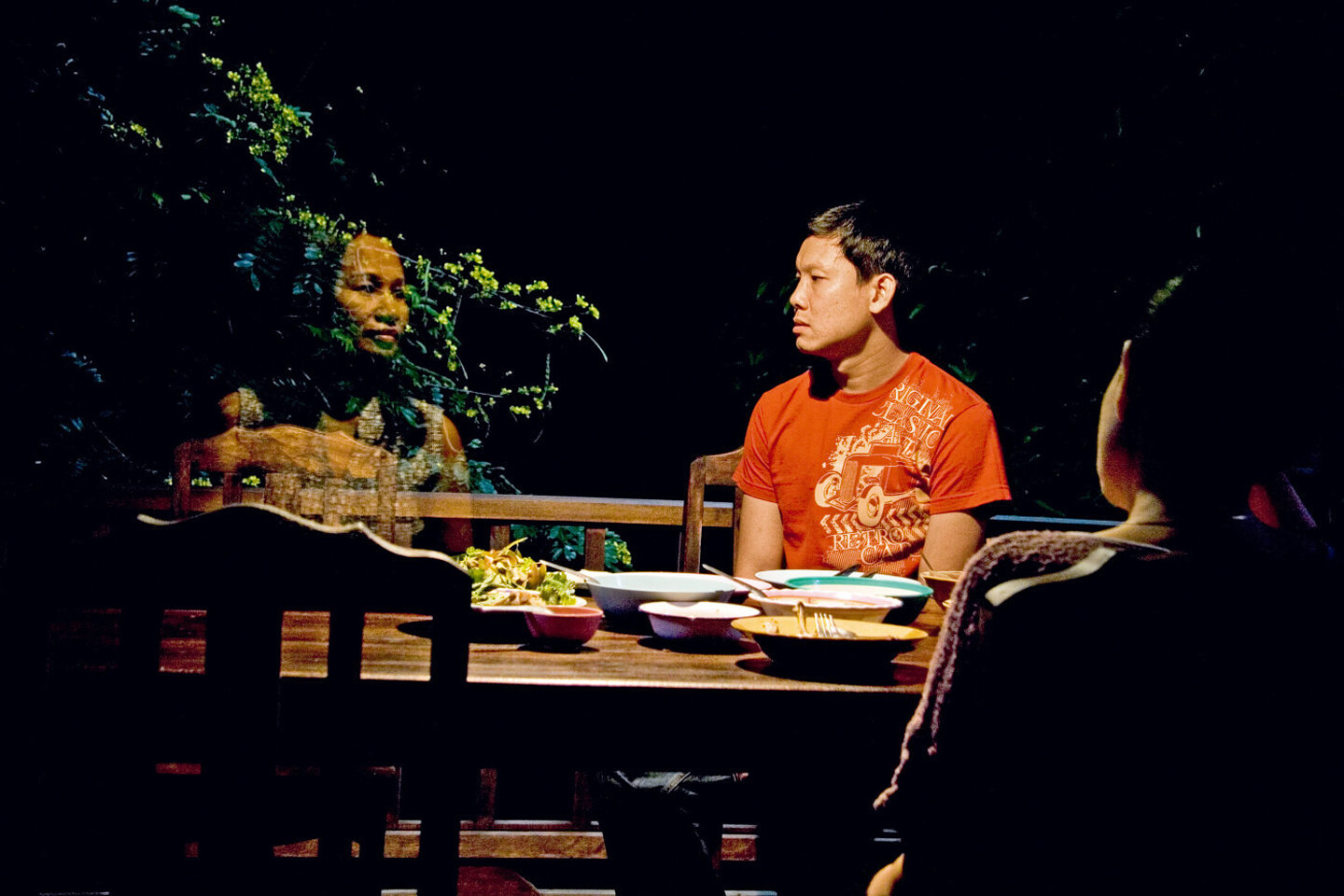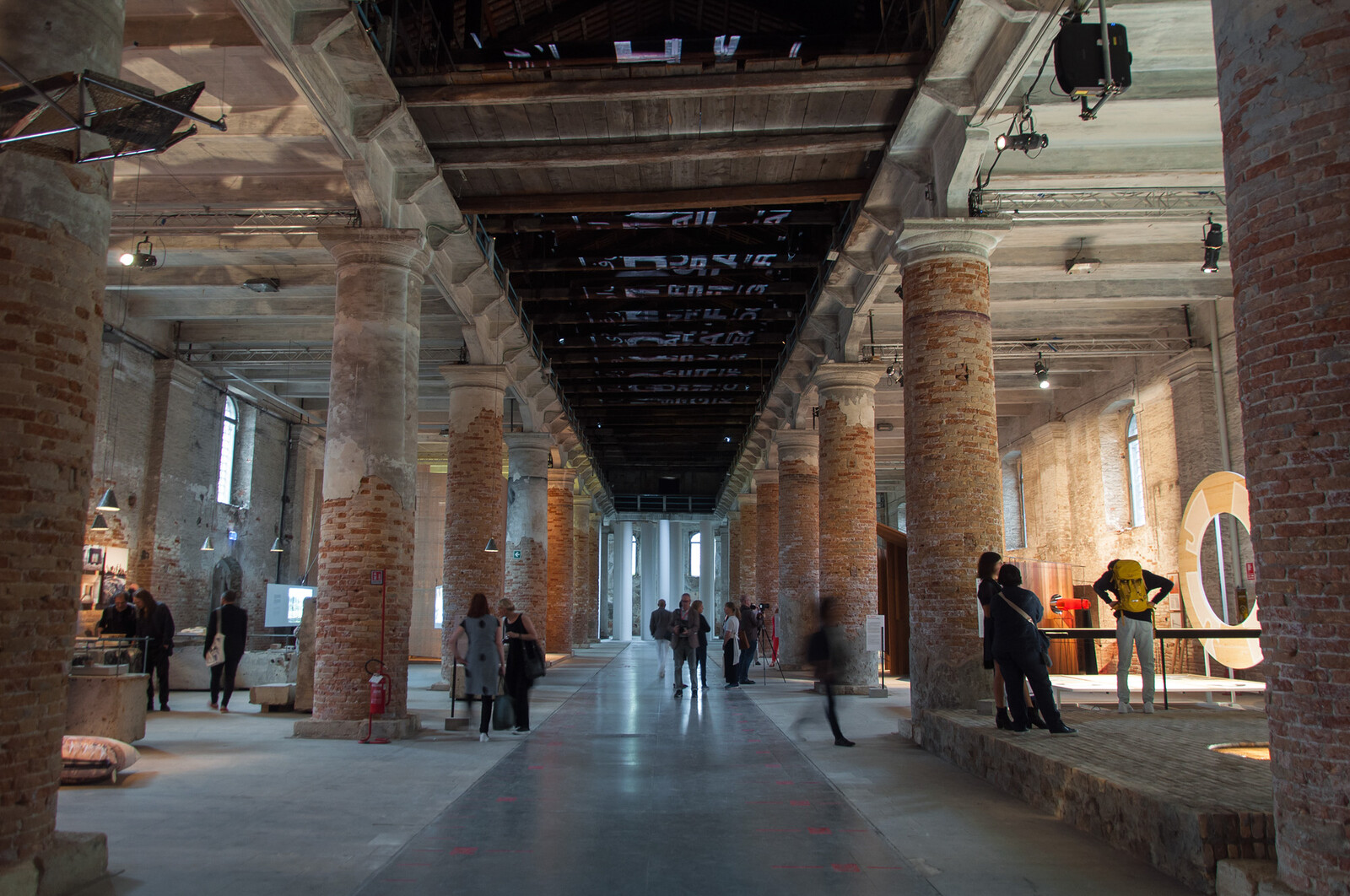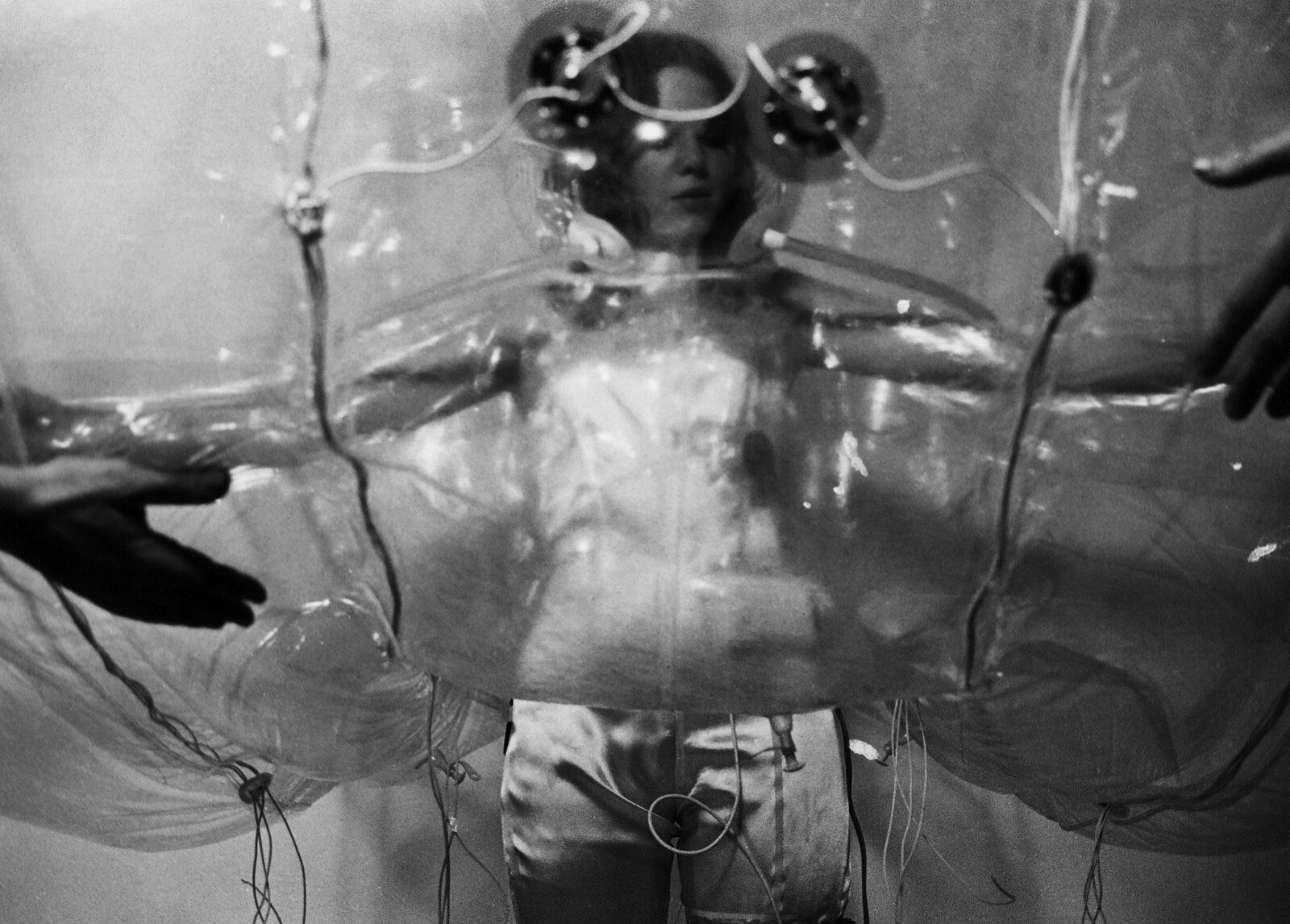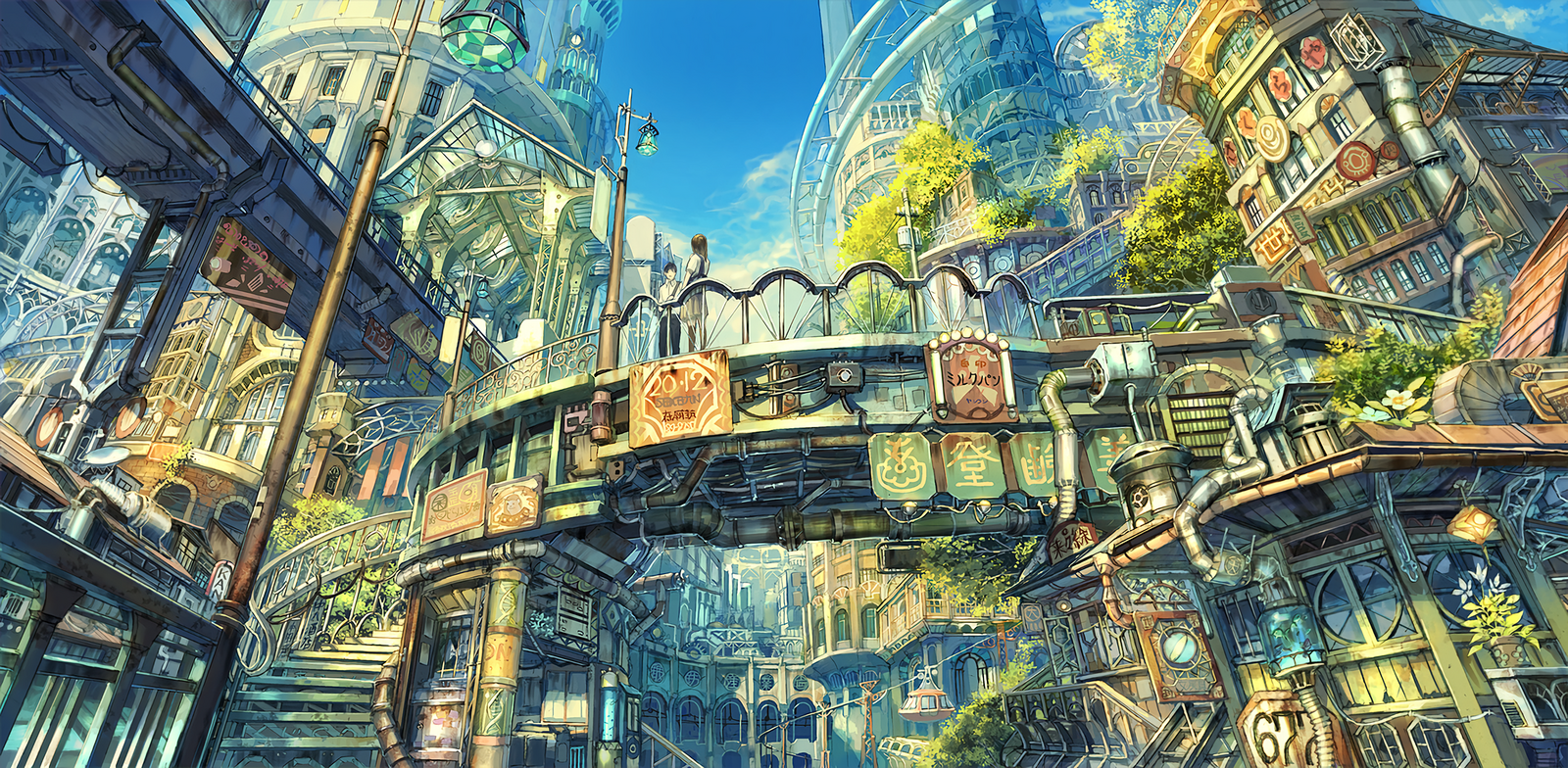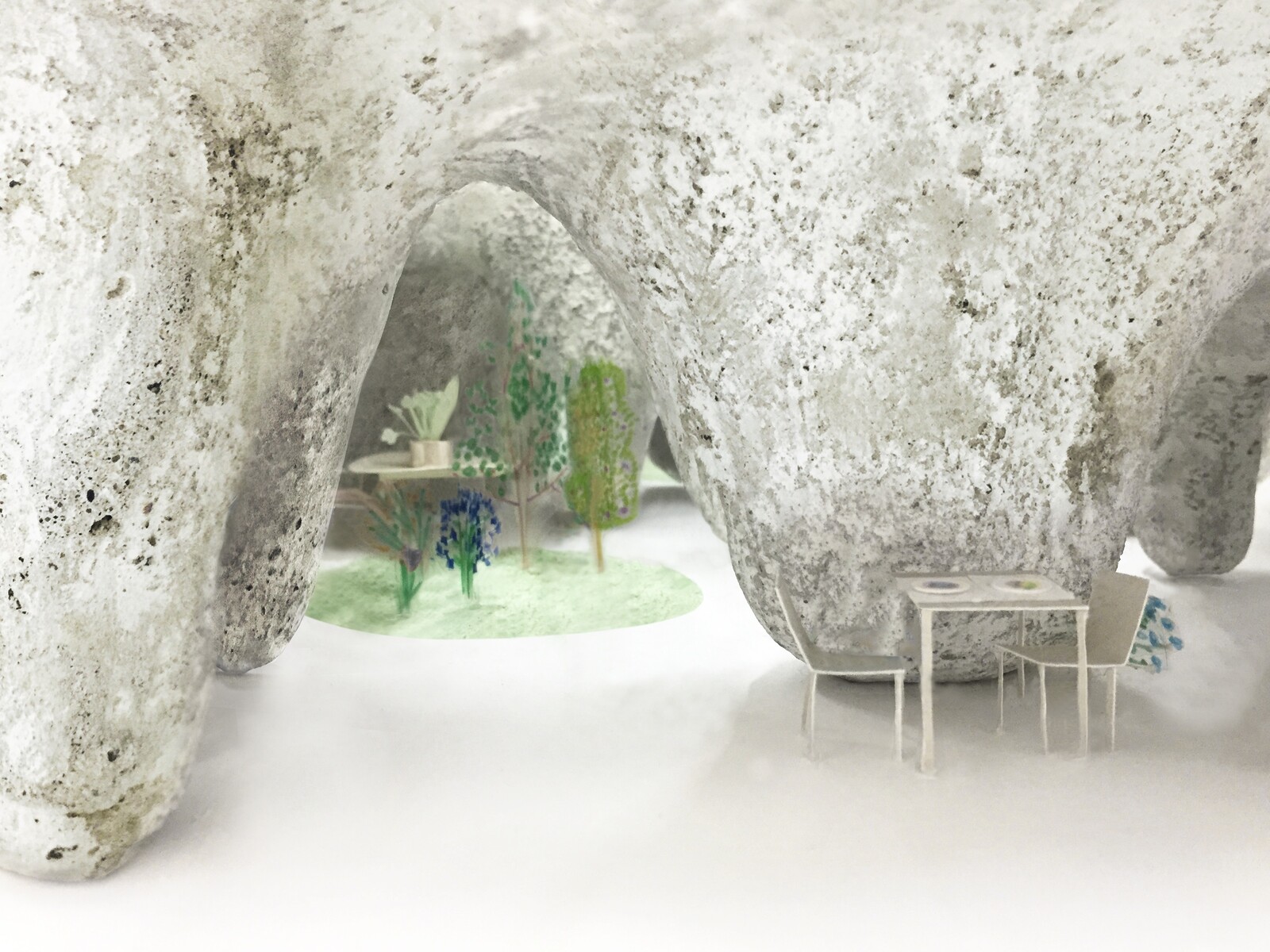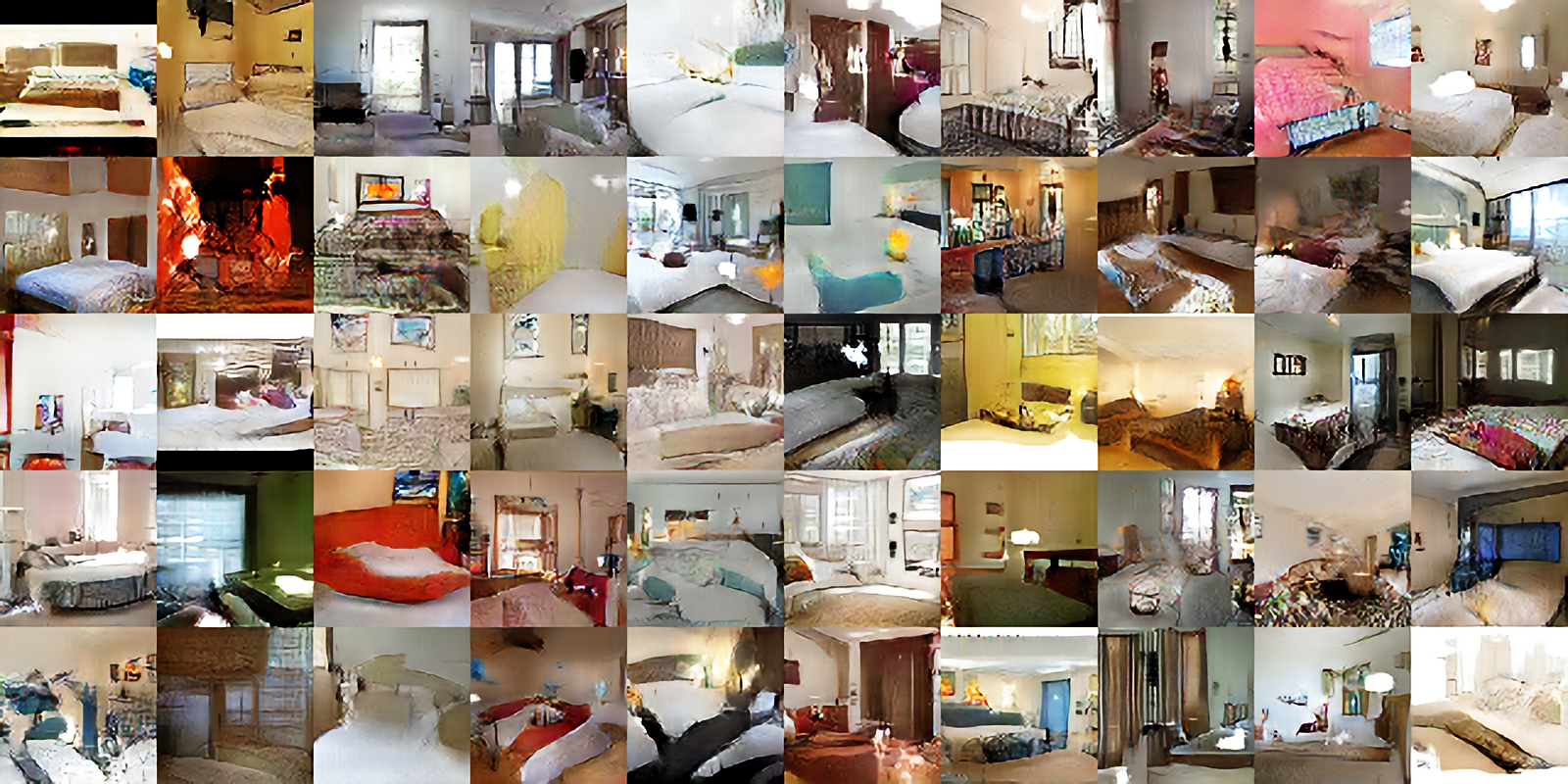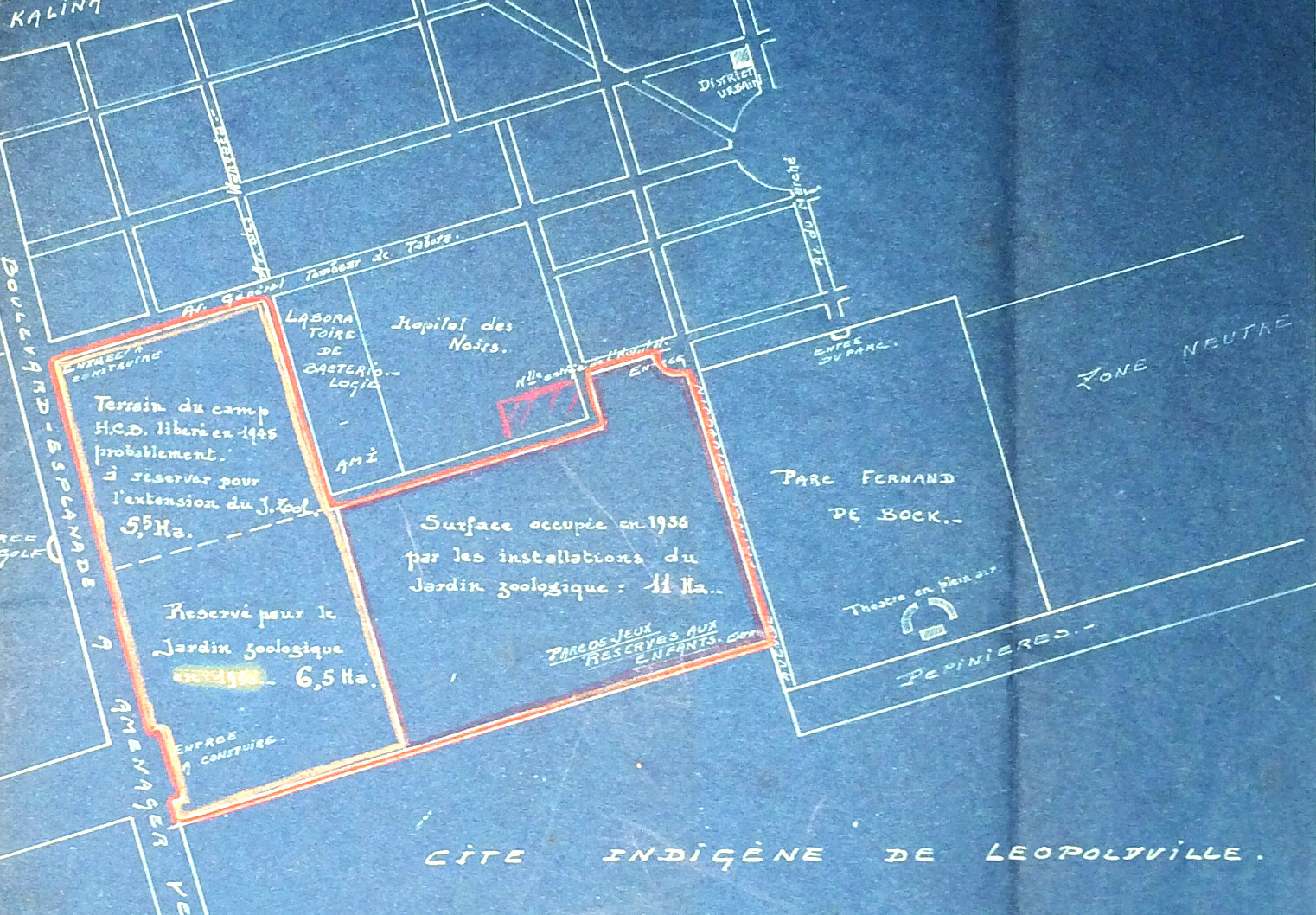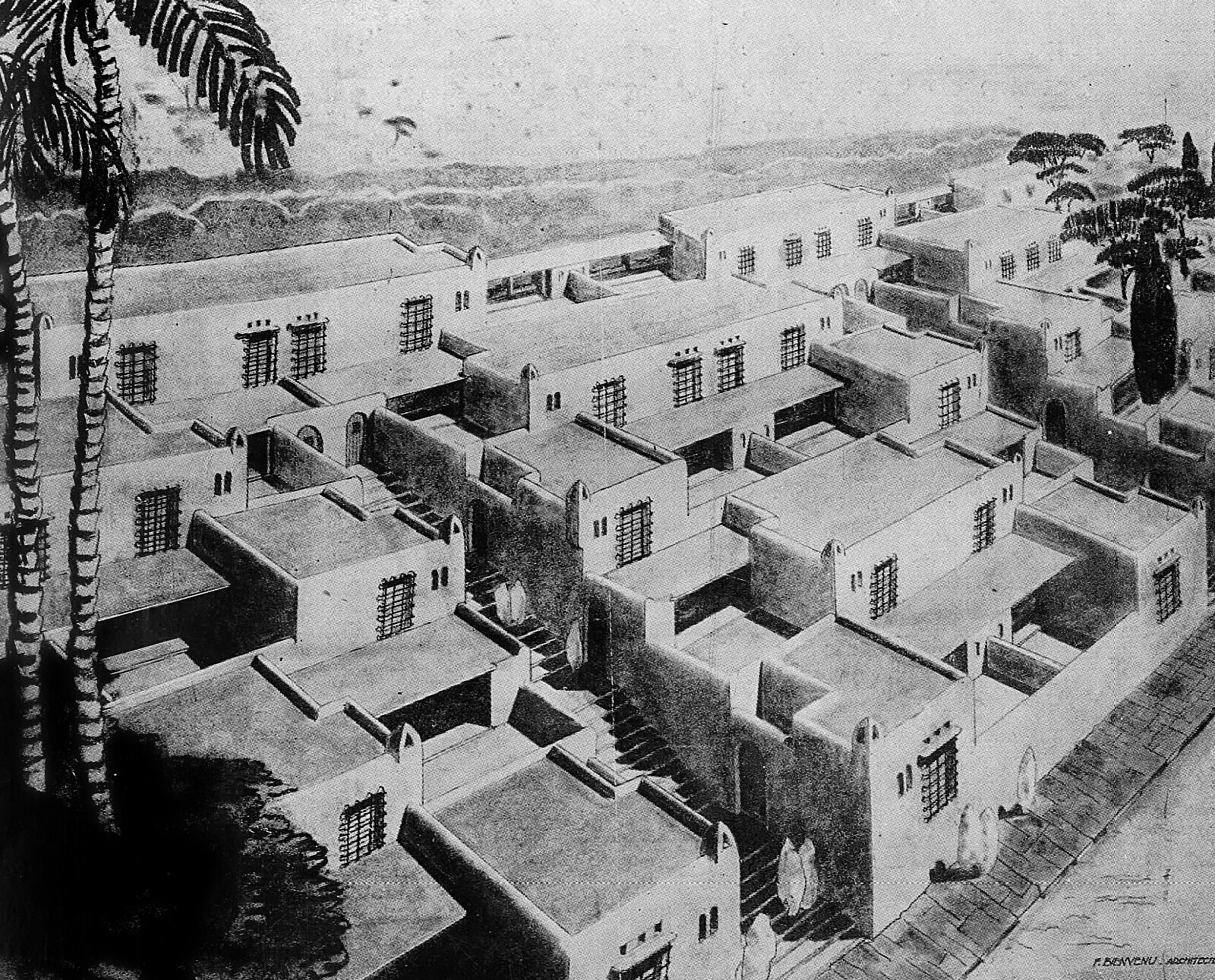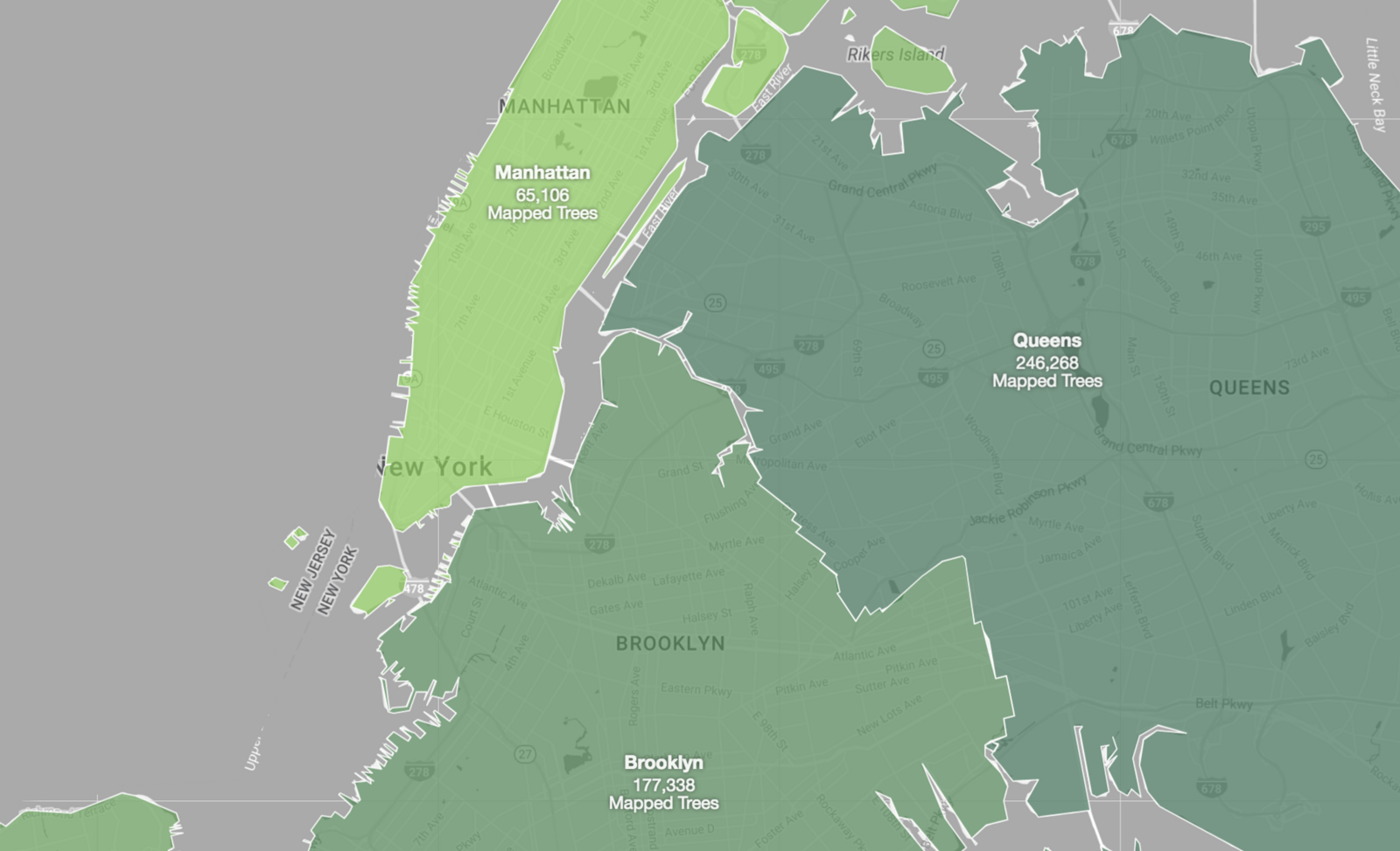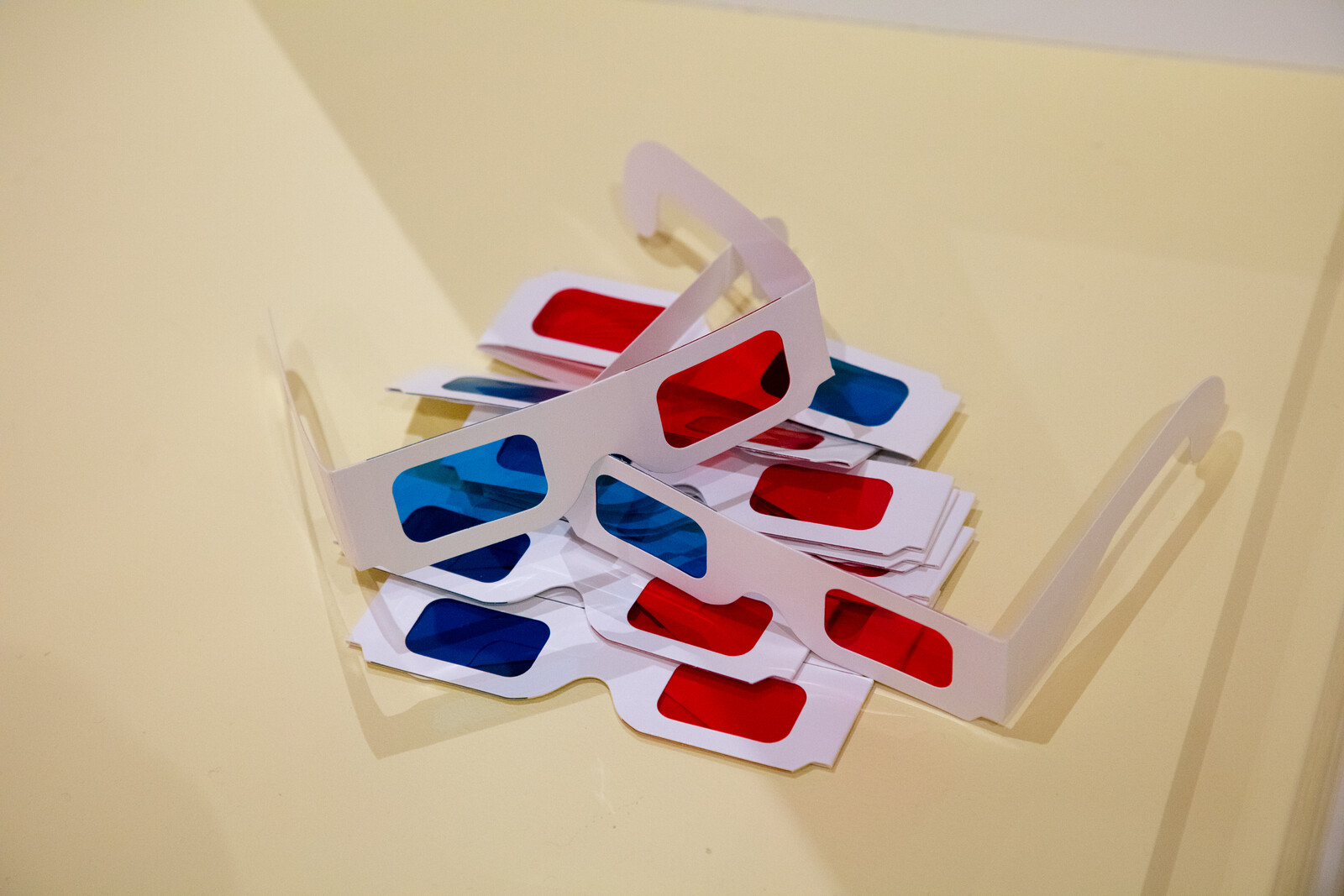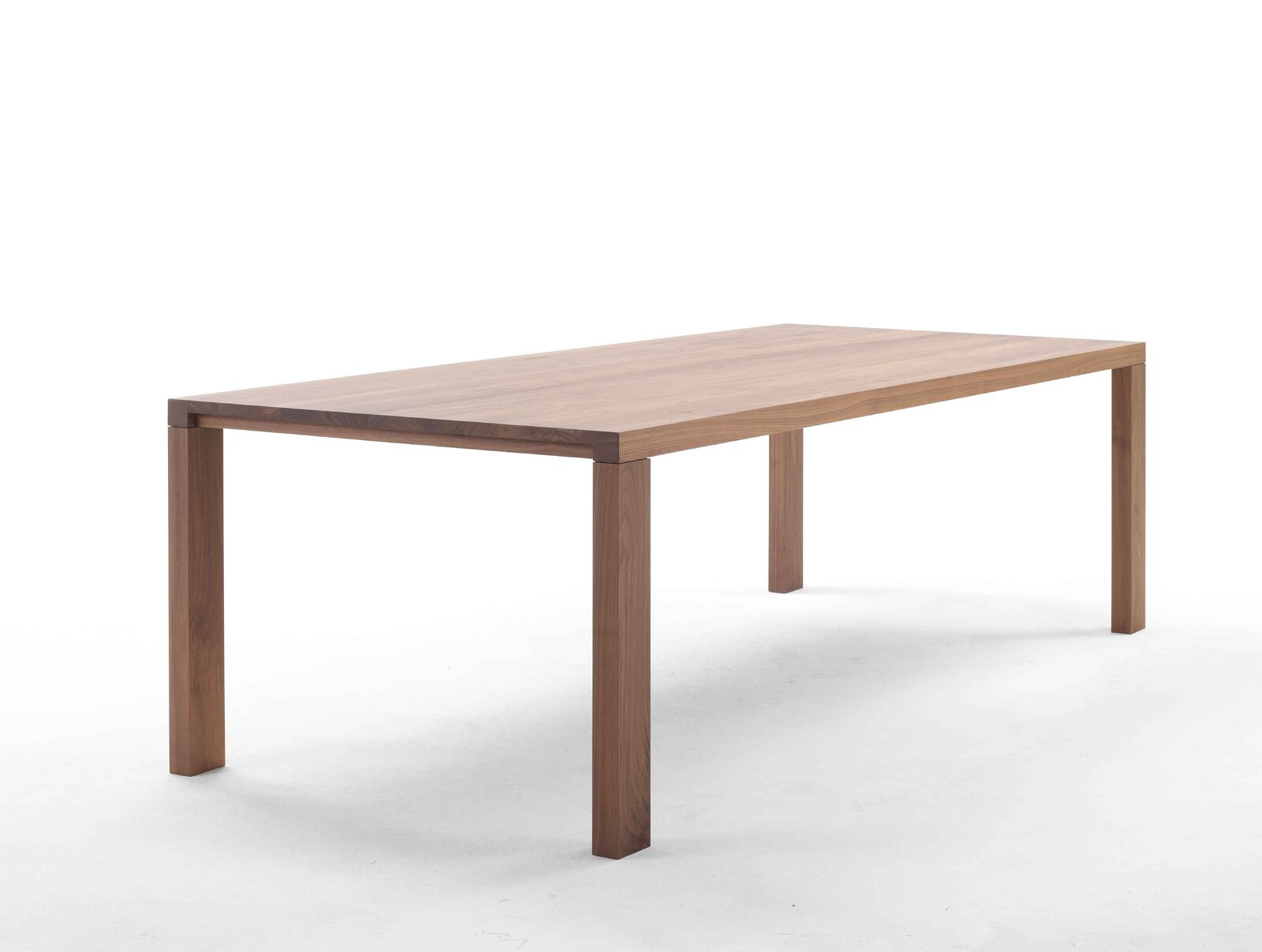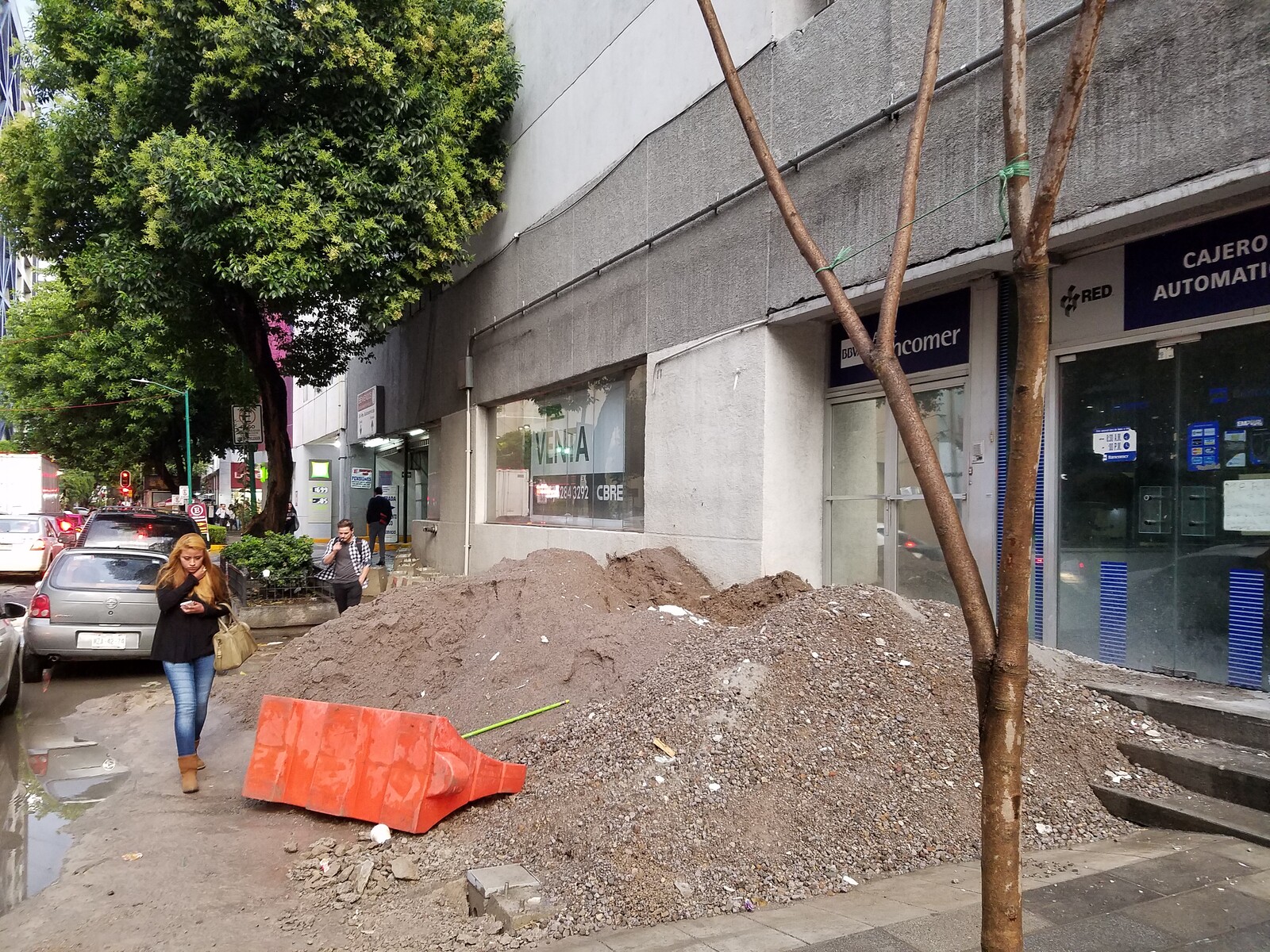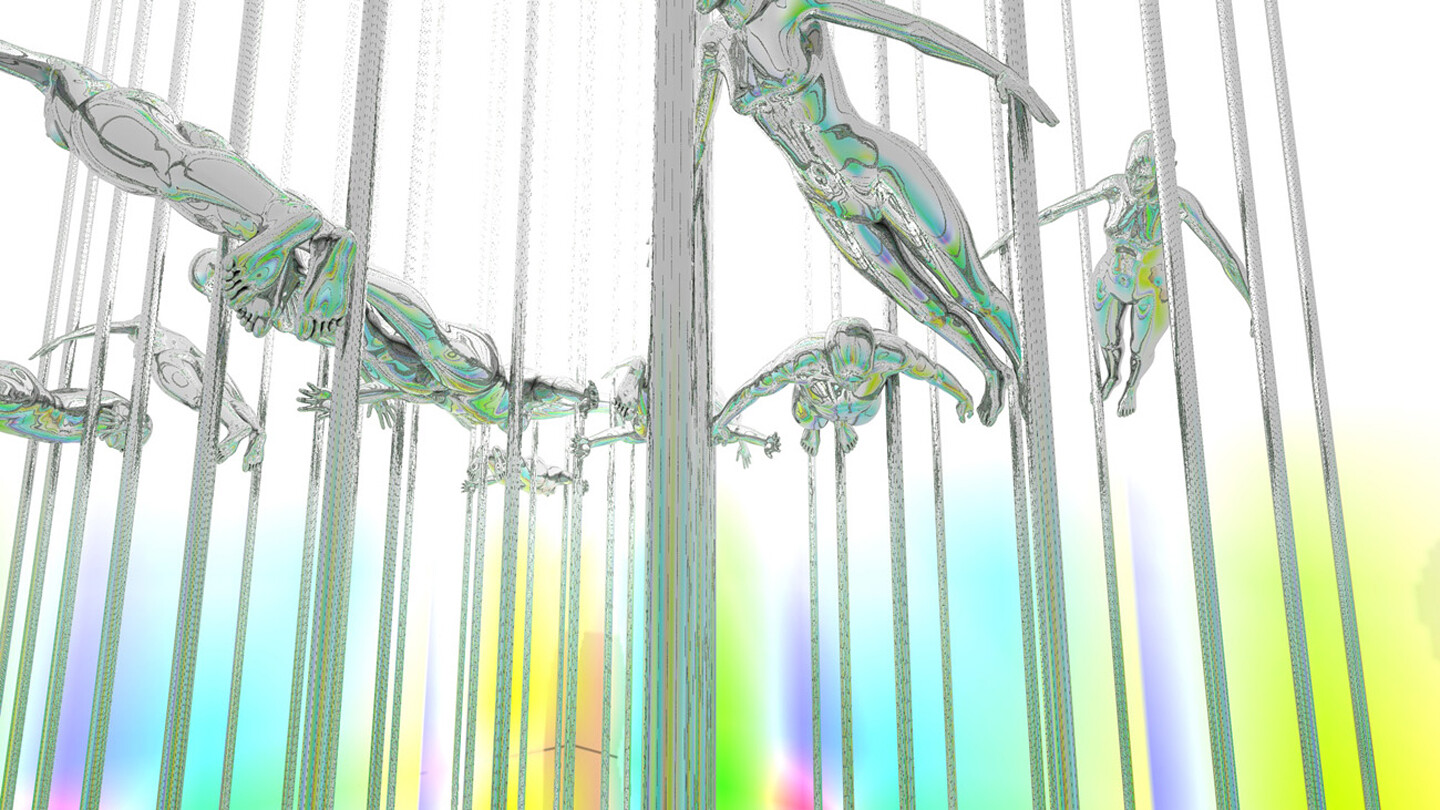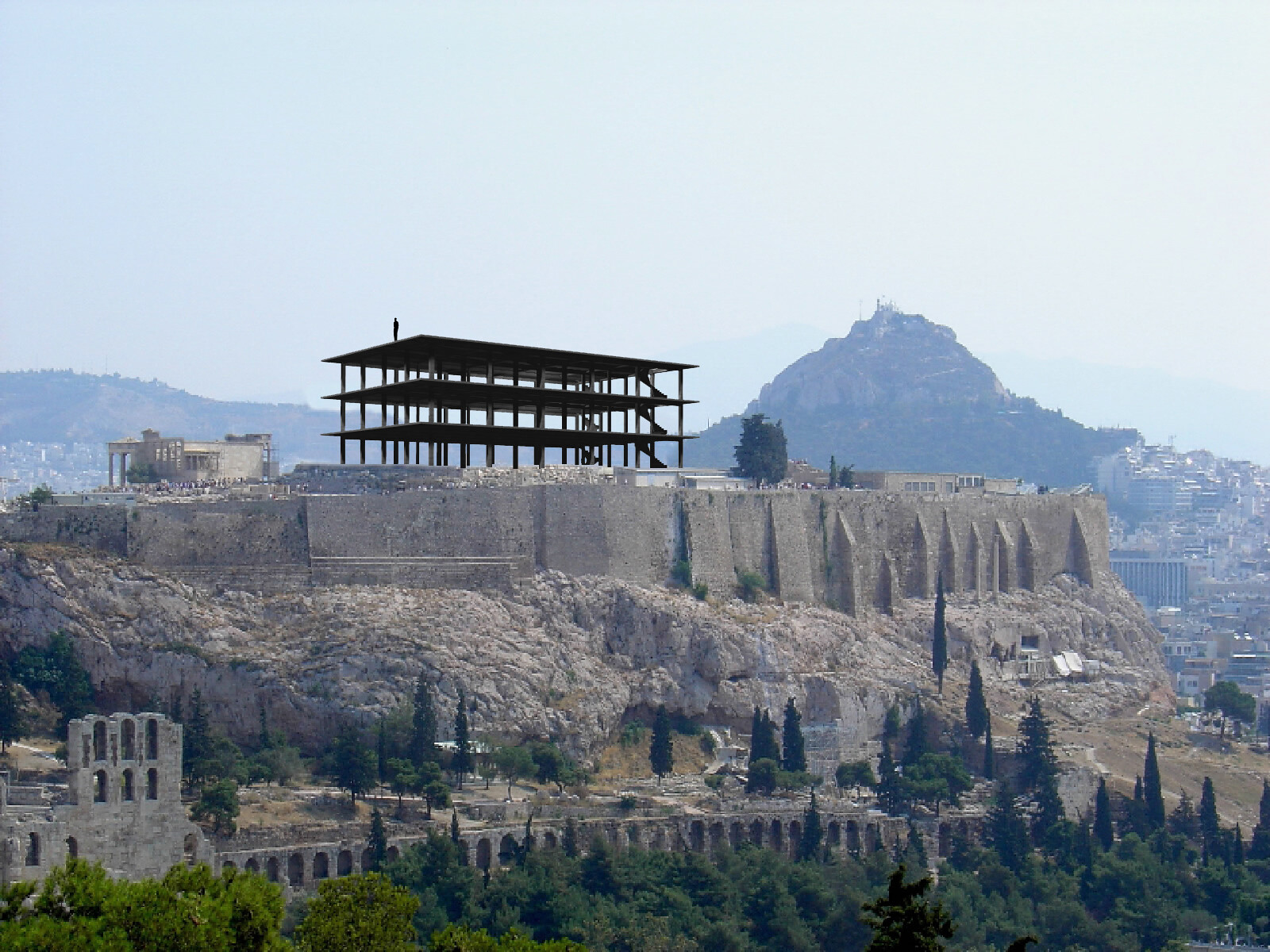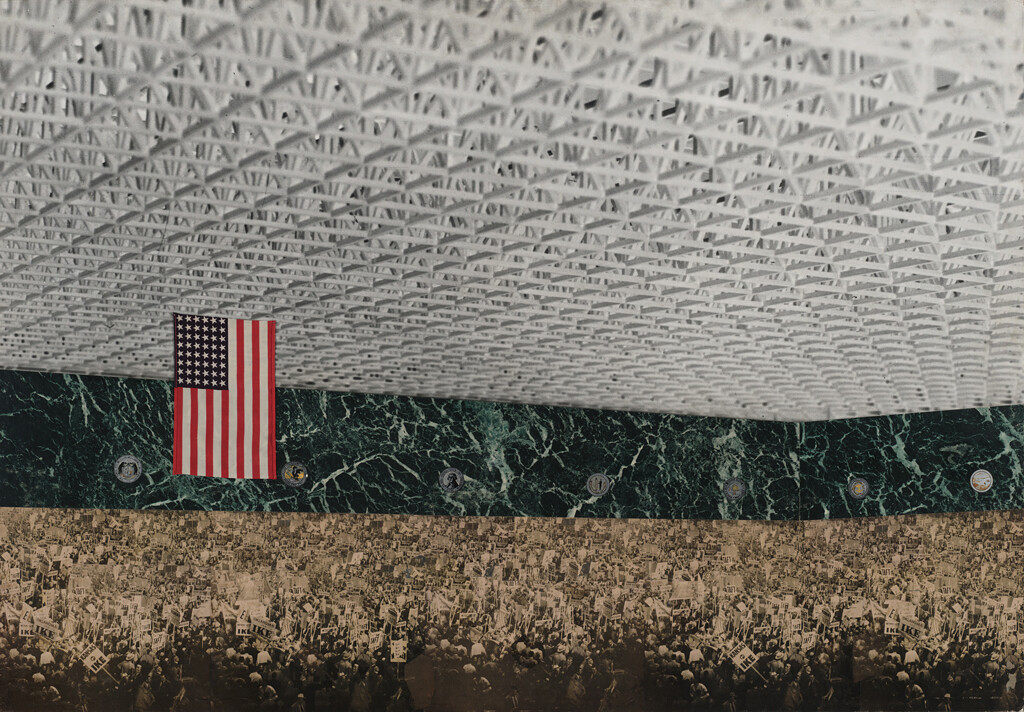There is a heavy heat in the Giardini that seems to radiate from the ground. Despite the overcast day, Biennale visitors sit on grassy mounds next to the Bookshop Pavilion to catch a bit of fresh air between exhibitions. Arranged in a U-shape, the beveled profile of these earthworks provide a pleasant reclining surface for visitors as they consume sandwiches and Aperol spritzes. Children, somewhat less interested in architecture exhibitions, use the mounds as an obstacle course. It is an understated addition to the Giardini that affords a sense of respite among exhibits clamoring for attention.
Unbeknownst to the idyllic picnickers, the profile of the mounds are based on tenth century fortifications known as the “Serpent’s Wall” (Змієві вали) outside Kyiv on the banks of the Dnipro river. Iryna Miroshnykova, one of the curators of the Ukrainian Pavilion and partner at FORMA Architects, tells me that the original earthworks would also have hosted convivial scenes of sunseekers during Ukraine’s summers. Since the 2022 Russian invasion of Ukraine, however, these historic earthworks have been revived in their original purpose as fortifications, continuing to defend Kyiv a millennium later by slowing the advance of Russian tanks. These dualities—both between the earthworks’ nurturing and defensive purposes, and between the frivolity of the Biennale and Ukraine’s participation while under invasion—make the Ukrainian Pavilion a surreal, conflicting experience.
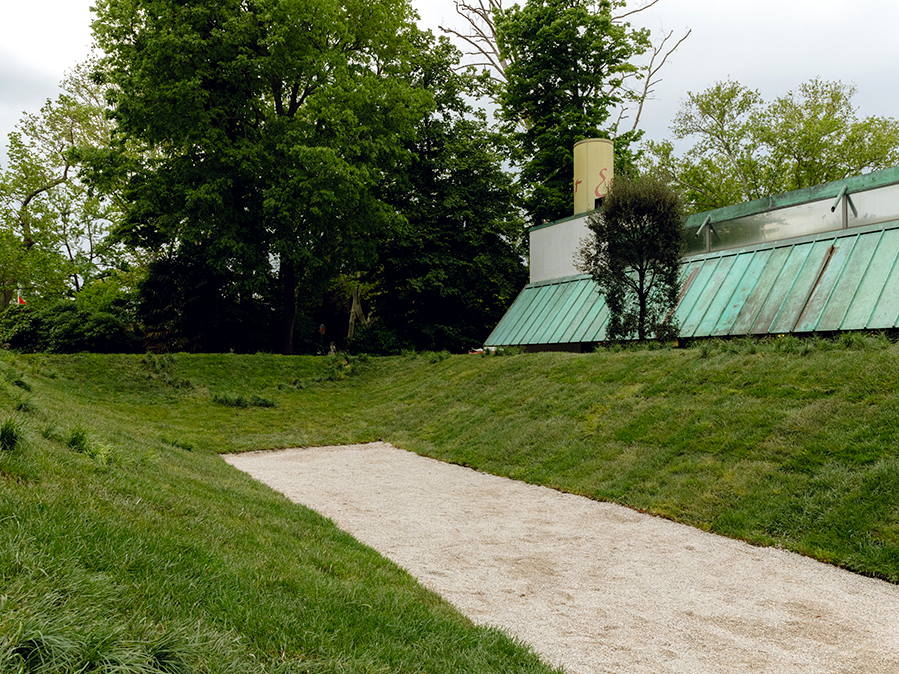

The Ukraine Pavillion, Before the Future, at the 18th International Arhitecture Exhibition of the Biennale di Venezia, The Laboratory of the Future. Photo: Matteo de Mayda.
Ukraine has been absent from the Architecture Biennale since 2014, when the Russo-Ukrainian War first began. As in 2014, which featured a military tent filled with gas-mask-wearing, sickle-wielding figures, the impact of the Russian invasion looms large in this year’s curation. The 2022 invasion is all the more reason for Ukraine to be represented on this international stage, asserting its right to exist as an independent state. “War is happening in the cultural field,” Borys Filonenko, one of the co-curators tells me. Having also co-curated the Art Biennale for Ukraine the previous year, Filonenko recalls, “A year ago, this audience came to us having been exposed to propaganda in Europe filtered through Russian channels such as RT. It was a battle against stereotypes. This year is much better, because we can talk about more specific things, our practices and our stories.” The Biennale, as ever a theater for performing national cultural narratives, reveals inherent tensions over who has the power to set them.
The national pavilion structure of the Biennale remains central to this performance. (To this day, only nations officially recognized by the Italian state are eligible to exhibit as “national pavilions,” with the exhibitions of “unrecognized” nations billed as “collateral events.”) Over the years, participants have tried to subvert this framework, with pavilions being loaned for unrepresented peoples,1 pavilions for “Stateless Nations,”2 pavilions for transnational regions,3 and even pavilions for utopian states beyond nations.4 Even this year, the Biennale is being used as an alternate geopolitical space for diplomacy, with the Swiss Pavilion demolishing its boundary wall neighboring Venezuela as an ostensible offer for joint programming, one that is not quite taken up on the Venezuelan side. Yet these types of interventions sometimes feel like fanciful theoretical exercises in the Biennale’s walled garden. Intellectual discourses on dissolving nations, states, borders, and sovereignty are often a luxury that can only be afforded from a position of security. For Ukrainians under invasion, it is the very idea of their sovereign nation that underpins the security of their territory, people, and identity. What, then, does it mean to reflect on nationhood when at war? And does one need to have a nation first before one can critique it?
The Ukrainian Pavilion embodies the country’s precarious position and its ongoing fight for security. This can be experienced in the palpable sense of “protection” that permeates both the earthworks and the Pavilion’s second installation, a darkened, low-ceilinged, bunker inserted into a lofty warehouse of the Arsenale. In this space within a space, it is hard not to empathize with the experience many Ukrainians have had in bomb shelters and understand the “rule of two walls” that has been learned as the safest place to be during a missile attack. Despite the bustle of the Arsenale, the space has a dampened silence from the draping of dense fabrics over the exhibition furniture, including two long benches. Normally empty, they stand ready to provide a protected convening space for cultural narratives to be imagined together.
The Ukrainian Pavilion was completed in less than three months. Mariana Oleskiv, the Pavilion’s commissioner, reflected: “In Ukraine now we live in this very weird environment, where there are two types of plans: one to two weeks ahead, and another for ‘after the victory.’” This fragmented sense of time is perhaps exaggerated for Ukrainian architects who face the prospect of postwar reconstruction while deployed in other roles in the war effort—or as Filonenko puts it, the dissonance between the architect’s “future-oriented thinking against the struggle with the present.”
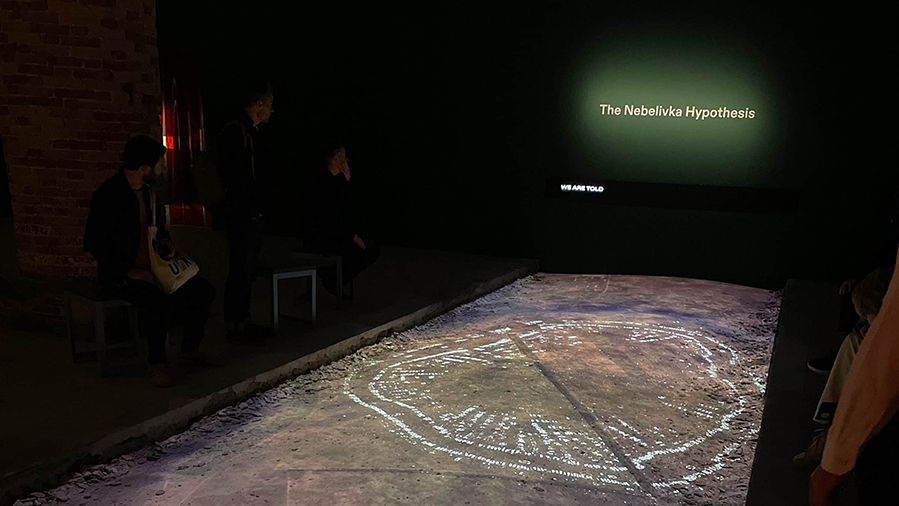

“The Nebelivka Hypothesis” by Forensic Architecture at the 18th International Architecture Exhibition of the Biennale di Venezia, The Laboratory of the Future. Photo: Forensic Architecture.
Elsewhere in the Arsenale, Forensic Architecture and David Wengrow’s contribution to the main exhibition “The Nebelivka Hypothesis” reaches away from the fractured timescales of war and into the distant past. Done in collaboration with the formerly Kyiv-based Center for Spatial Technology and The Nebelivka Project, the work reveals the structure of 6,000-year-old settlements in central Ukraine, which unlike other ancient cities, has no spatial trace of a ruling elite. Instead, these cities were egalitarian, evidenced by how the city’s buildings were spread out non-hierarchically in a ring around what could be common land. The work proposes an alternative narrative of power in urban settlement and reflects on the intertwined nature of cities as both built environments and political structures. In the wake of ongoing war’s destruction, the project finds hope in a new possibility for political reconstitution in tandem with the physical reconstruction of Ukraine.
There is something perverse about having to work to the frivolous rhythms of international arts tourism while at war. But the Ukrainian Pavilion’s curators have leveraged this audience strategically. Over the coming months, the curators have planned a series of five “collectives” that bring together practitioners across architecture, art, sociology, ecology, politics, and anthropology to contemplate Ukraine’s ecology, care, collective action, and memory in dialogue with a global audience within the Pavilion. The first, on reconstruction, took place at the beginning of August. Interviews with Ukrainians on their hopes for reconstruction are interwoven ribbons carrying thoughts and questions from visitors in an installation of “camouflage nets.” This collaborative process brings participants and the public into conversation based on emerging networks of Ukrainians and non-Ukrainians, reminiscent of those that rapidly arose to organize aid when the war broke out. Given the short timescales for planning, it remains to be seen how all these collectives will be expressed, but in that same fragmented sense of time—where the medium term is undefined with both possibility and precarity—there is a hope that they take on a life that goes beyond the end of the Biennale.
I pass by the Russian Pavilion in the Giardini, which remains empty this year. The solitary security guard that was positioned outside it on the first day of the vernissage was not there in later days. I peer through the windows to see empty galleries and abandoned scaffolding, perhaps leftovers from the recent renovation and last exhibition at the 2021 Architecture Biennale by 2050+.5 The pavilion is inscrutable, aside from the “1914” sign. It indicates that the building was originally built during the final years of the Russian Empire—when Ukraine’s identity was erased as “Little Russia”—and quickly became the Pavilion for the USSR—when Ukraine was subsumed as a constituent republic. Russia’s non-participation this year could be a retreat in the war of narratives, a temporary ceasefire. Nevertheless, it is an opportune silence that allows Ukraine’s voice to be heard, in the time between “weeks ahead” and “after the victory.”
“Pauliina Feodoroff, Máret Ánne Sara and Anders Sunna: The Sámi Pavilion,” e-flux Announcements, April 18, 2022. See ➝.
Christopher Hawthorne, “ART/ARCHITECTURE; The Venice Biennale’s Palestine Problem,” The New York Times, June 1, 2003. See ➝.
The Baltic Pavilion / Estonia, Latvia, Lithuania / The 15th International Architecture Exhibition - / La Biennale di Venezia 2016, last modified July 18, 2016. See ➝.
See ➝.
“RFP21 - Open,” 2050+, December, 2019. See ➝.
Positions is an independent initiative of e-flux Architecture.
Category
Subject
This essay was commissioned as part of a collaboration between e-flux Architecture and alumni from the fourth cohort of New Architecture Writers to publish reviews of the 2023 Venice Architecture Biennale and Lesley Lokko’s 18th International Architecture Exhibition, “The Laboratory of the Future.”
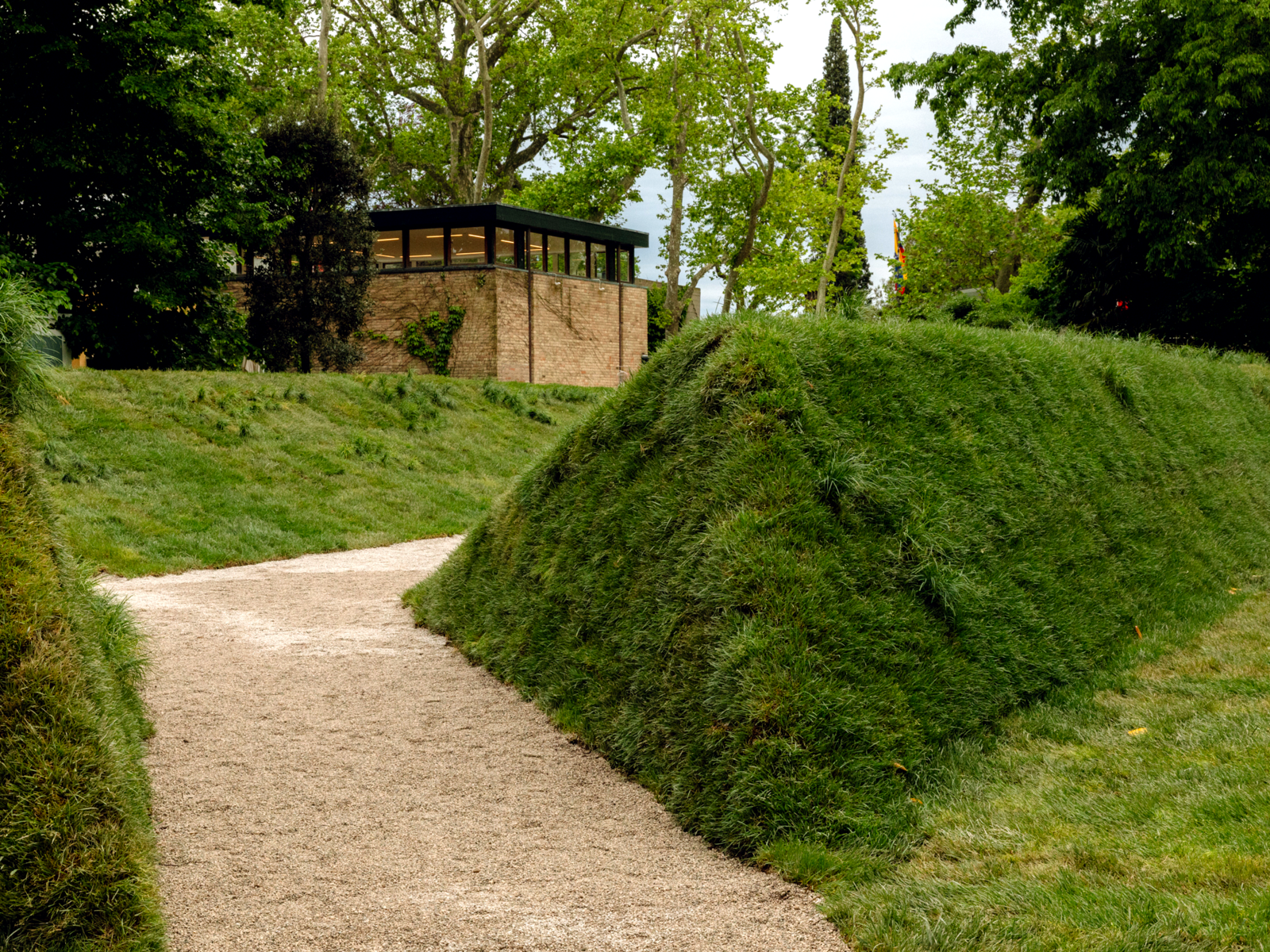


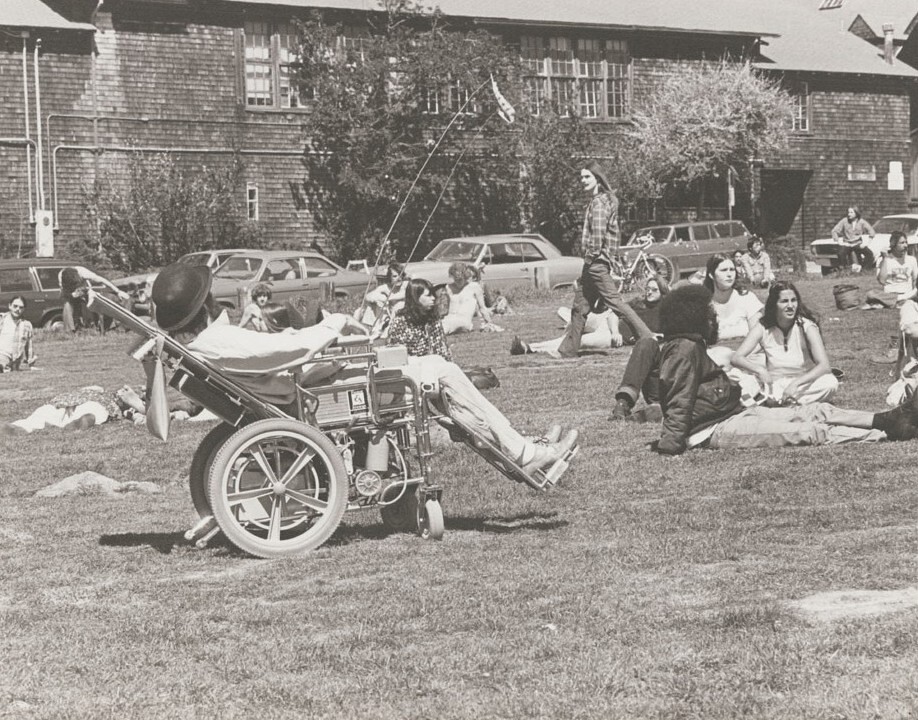
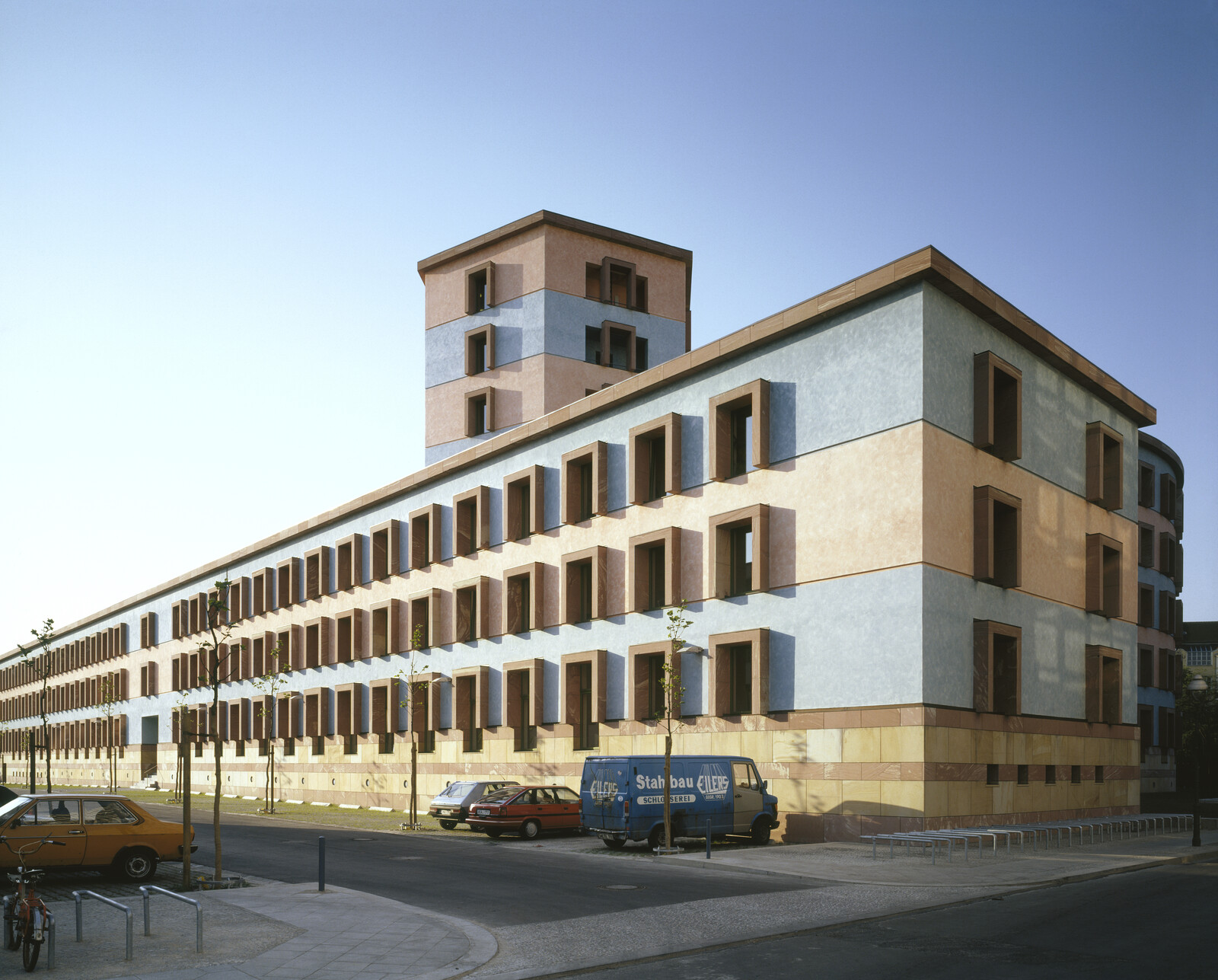
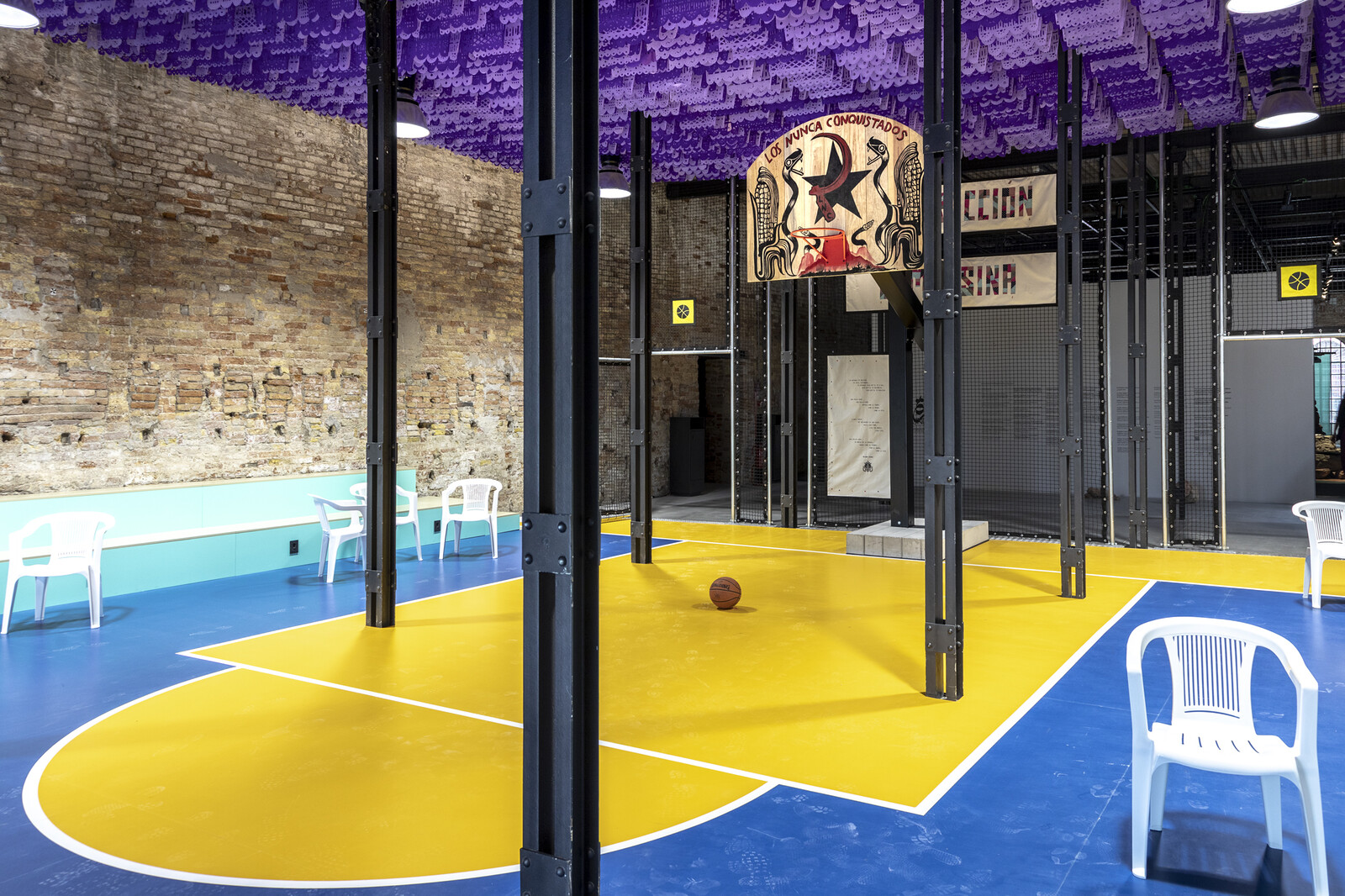

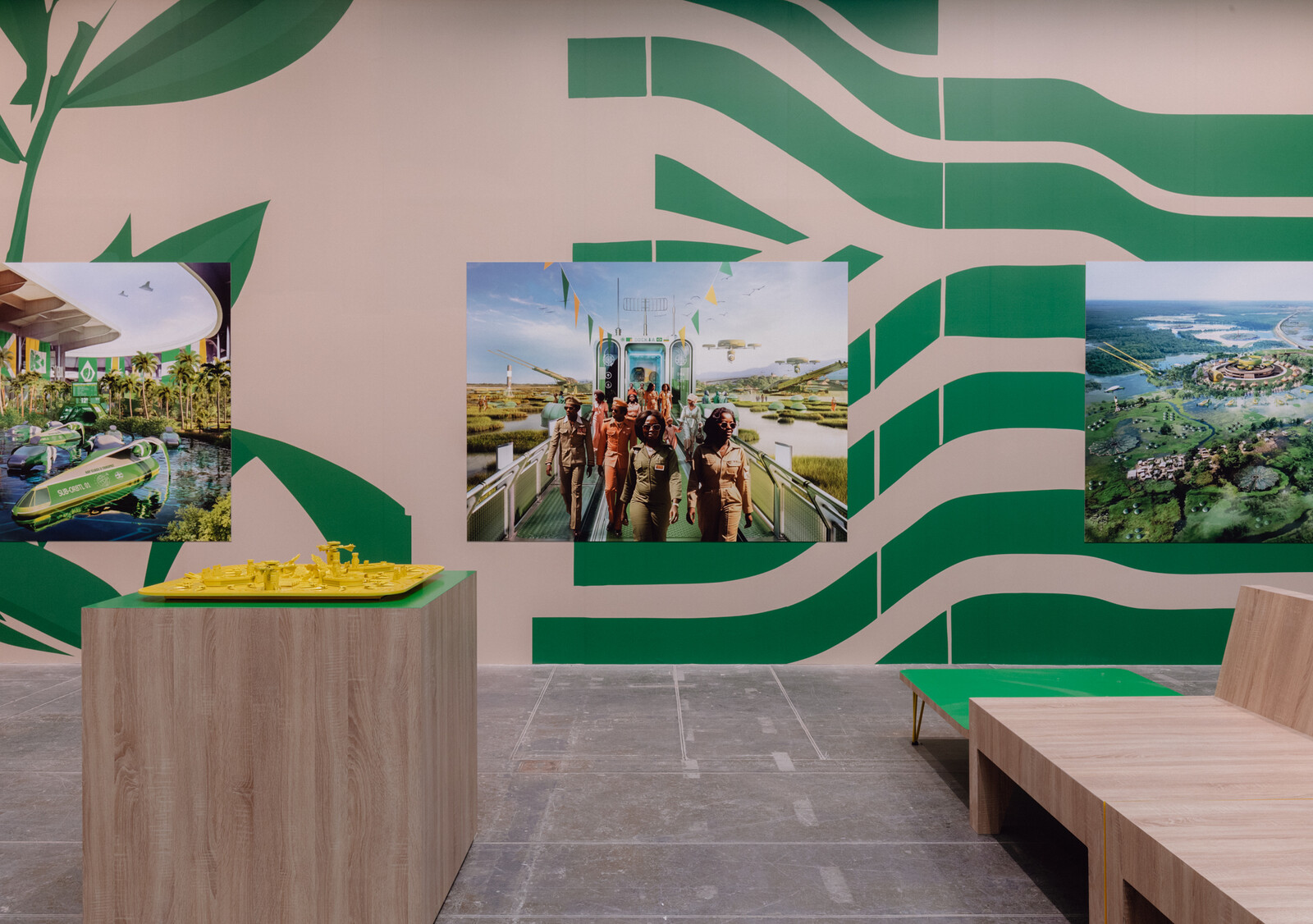
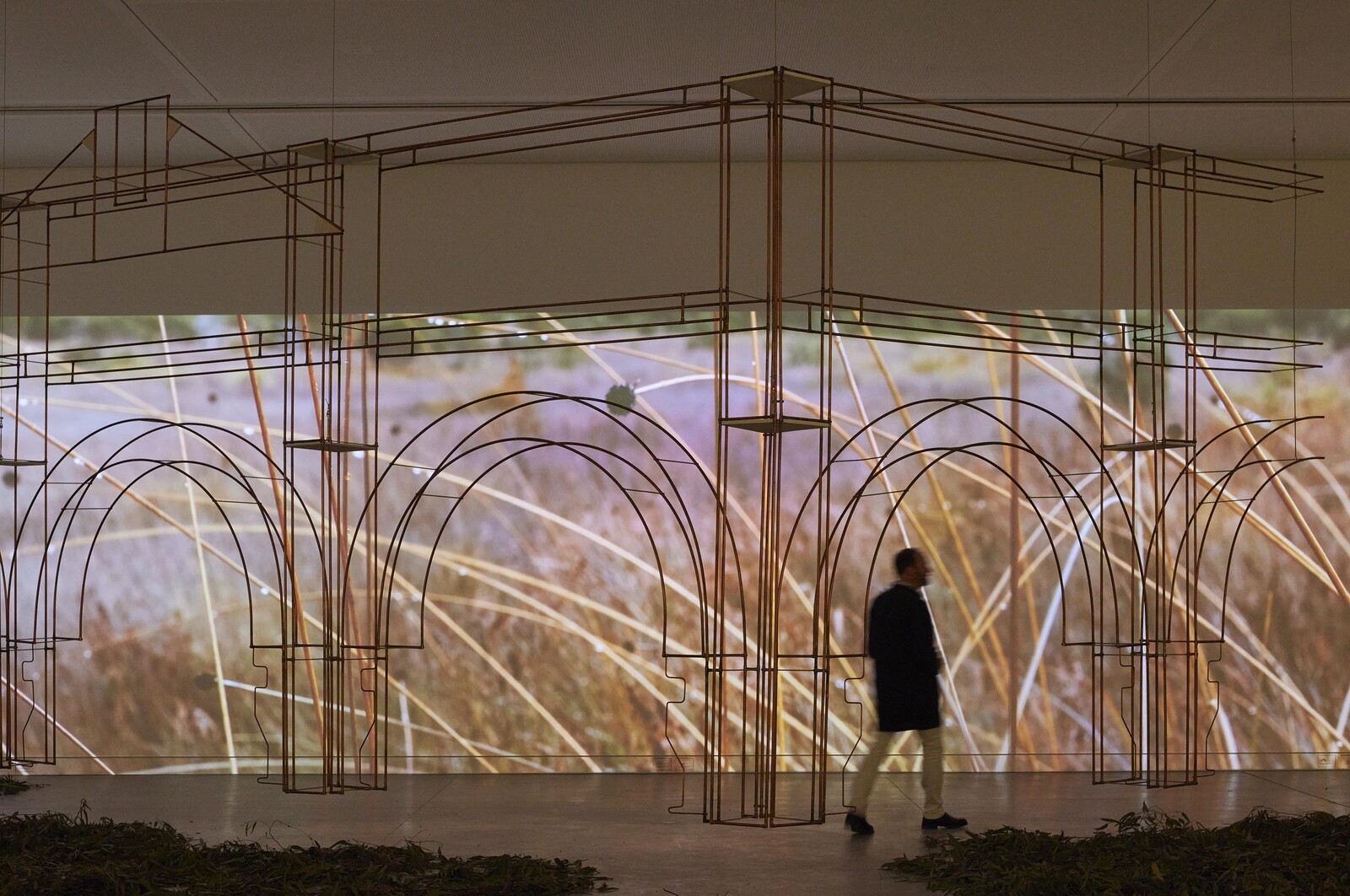

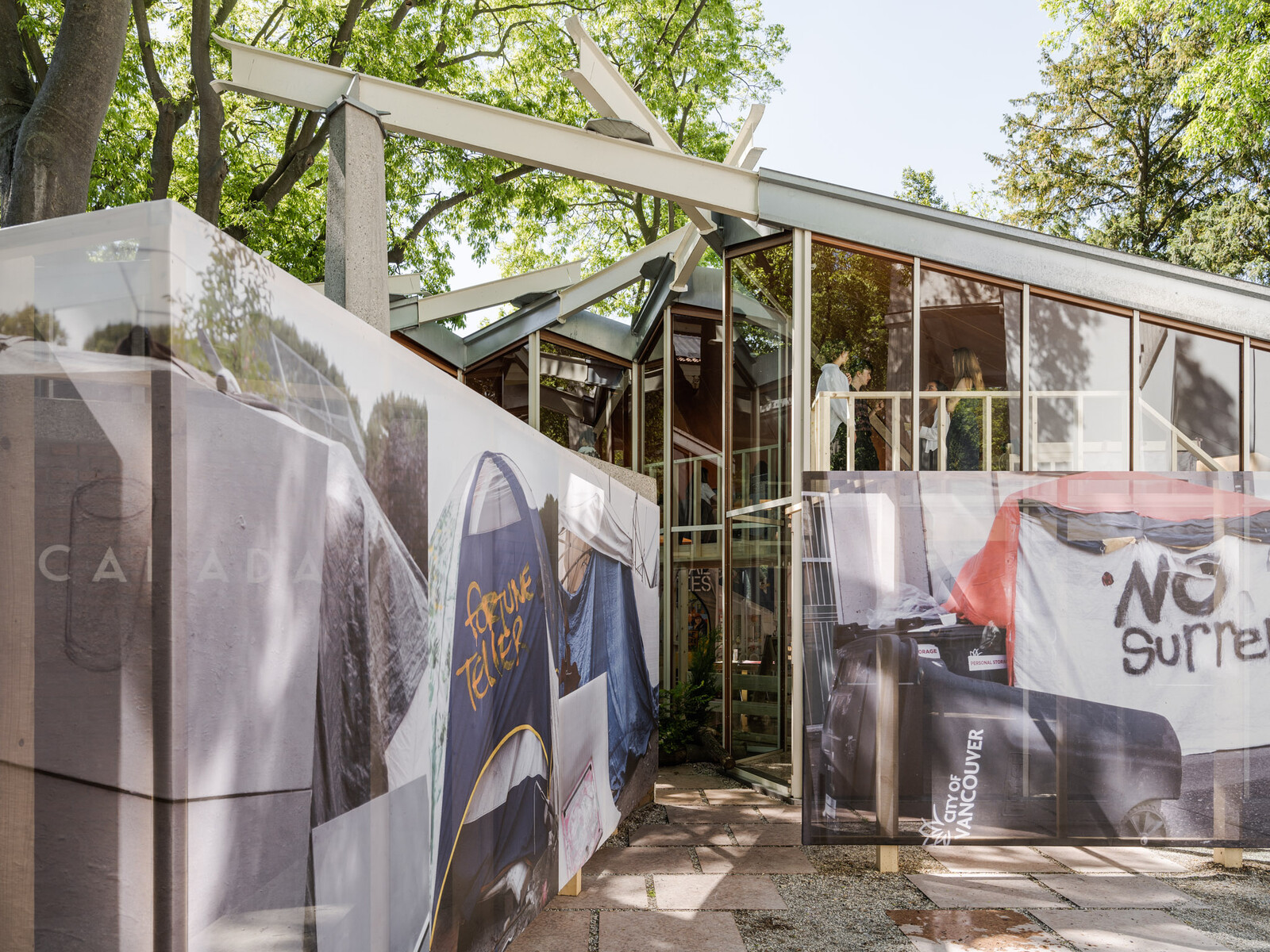
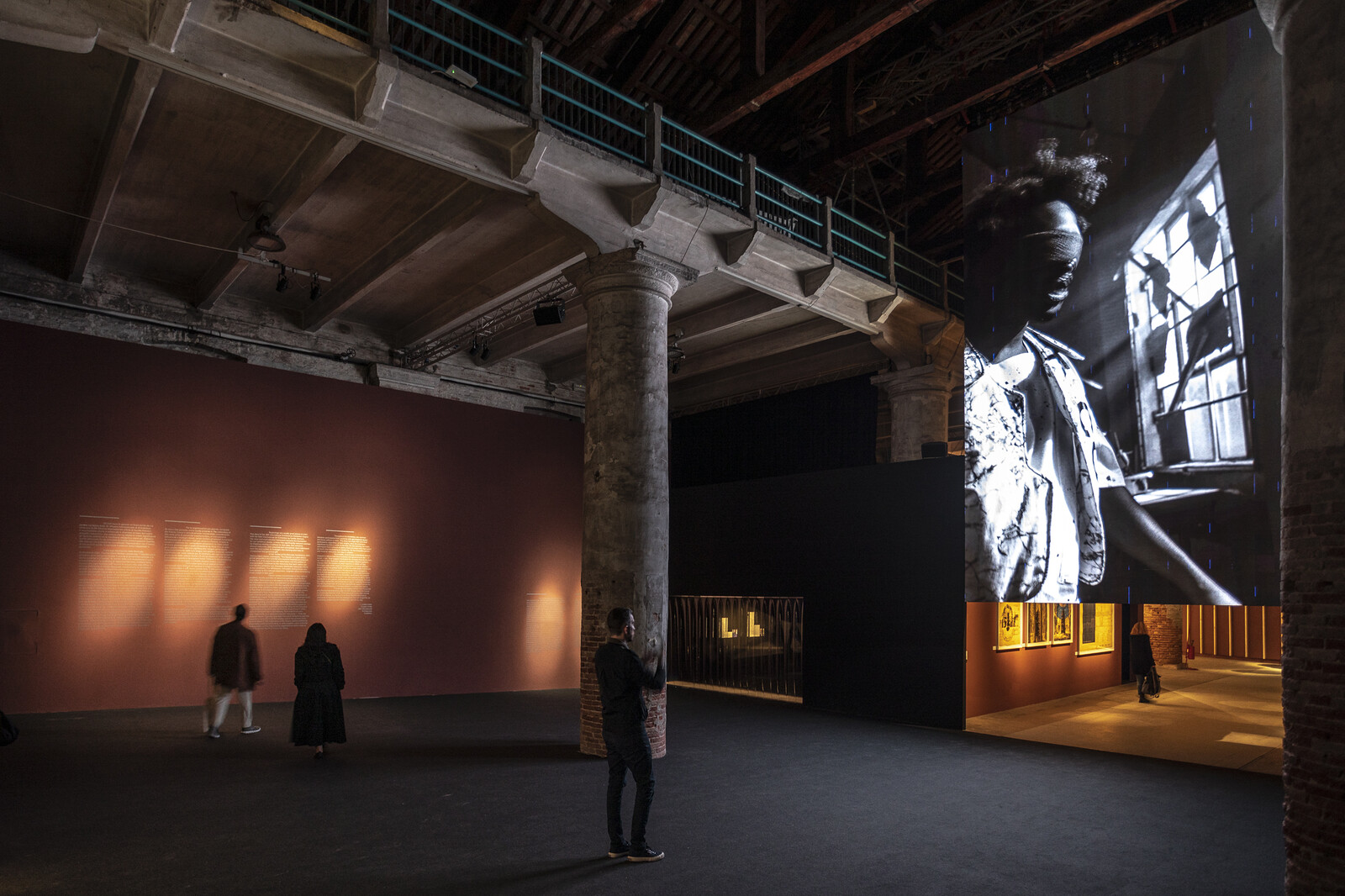
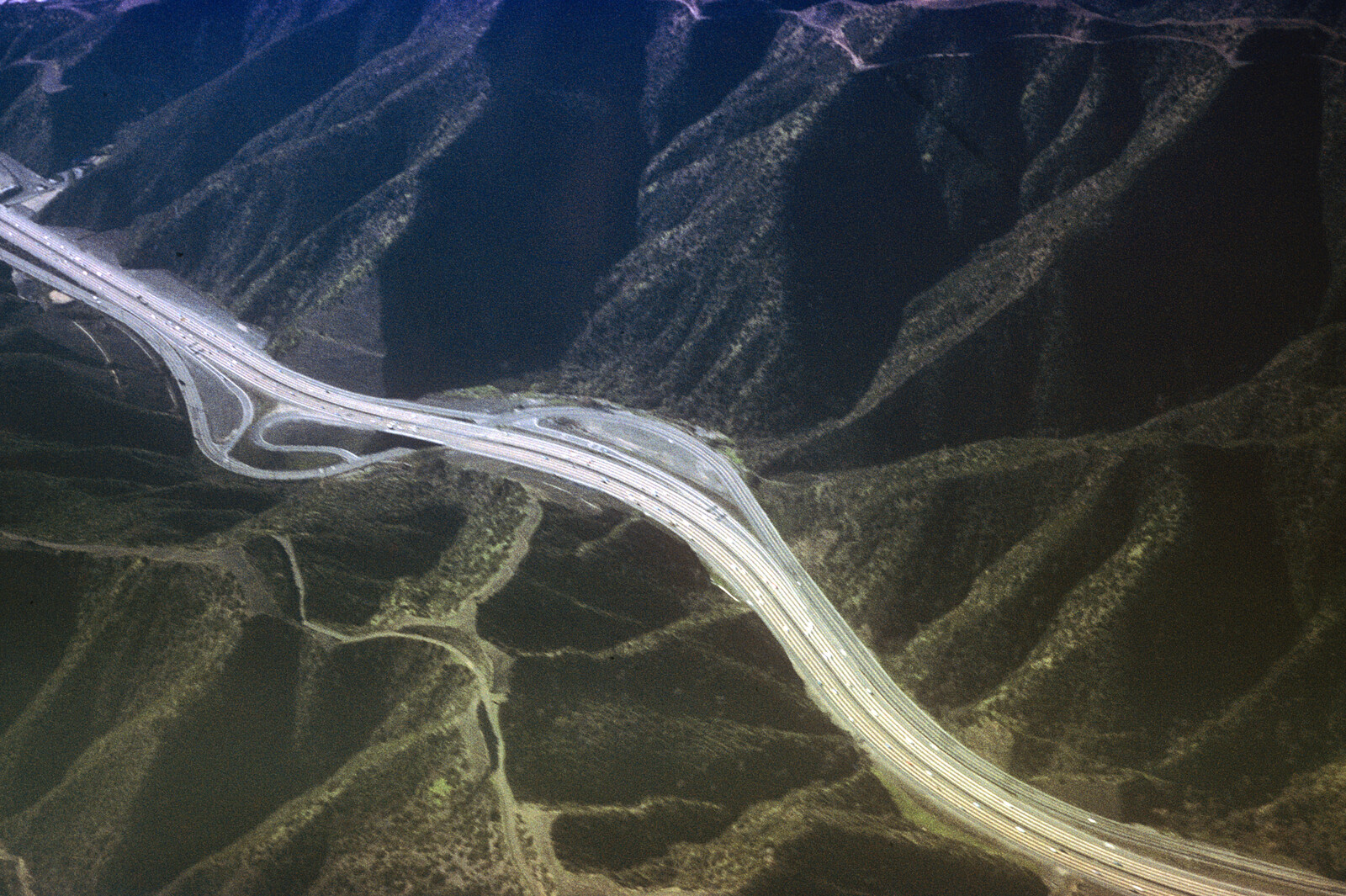
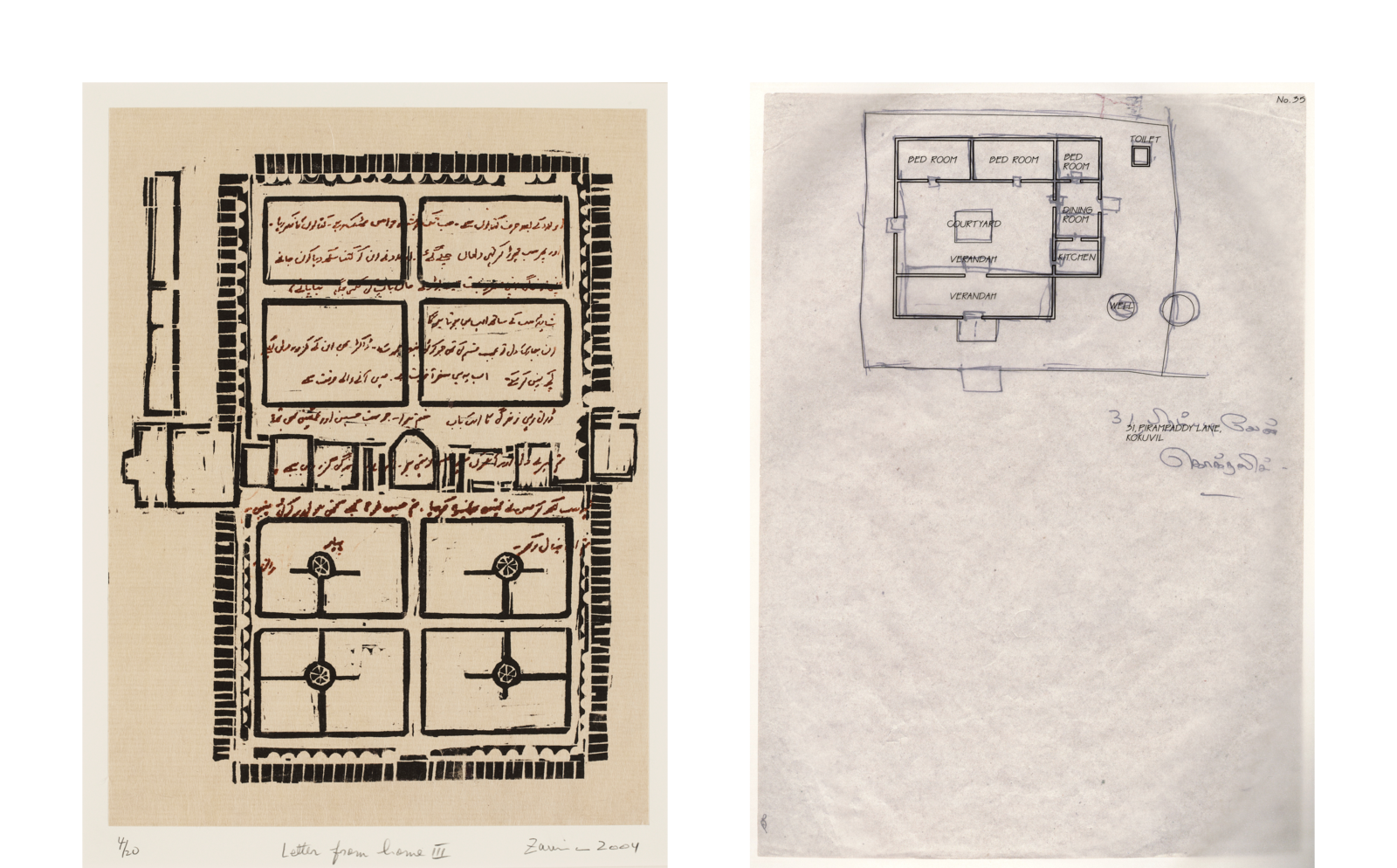
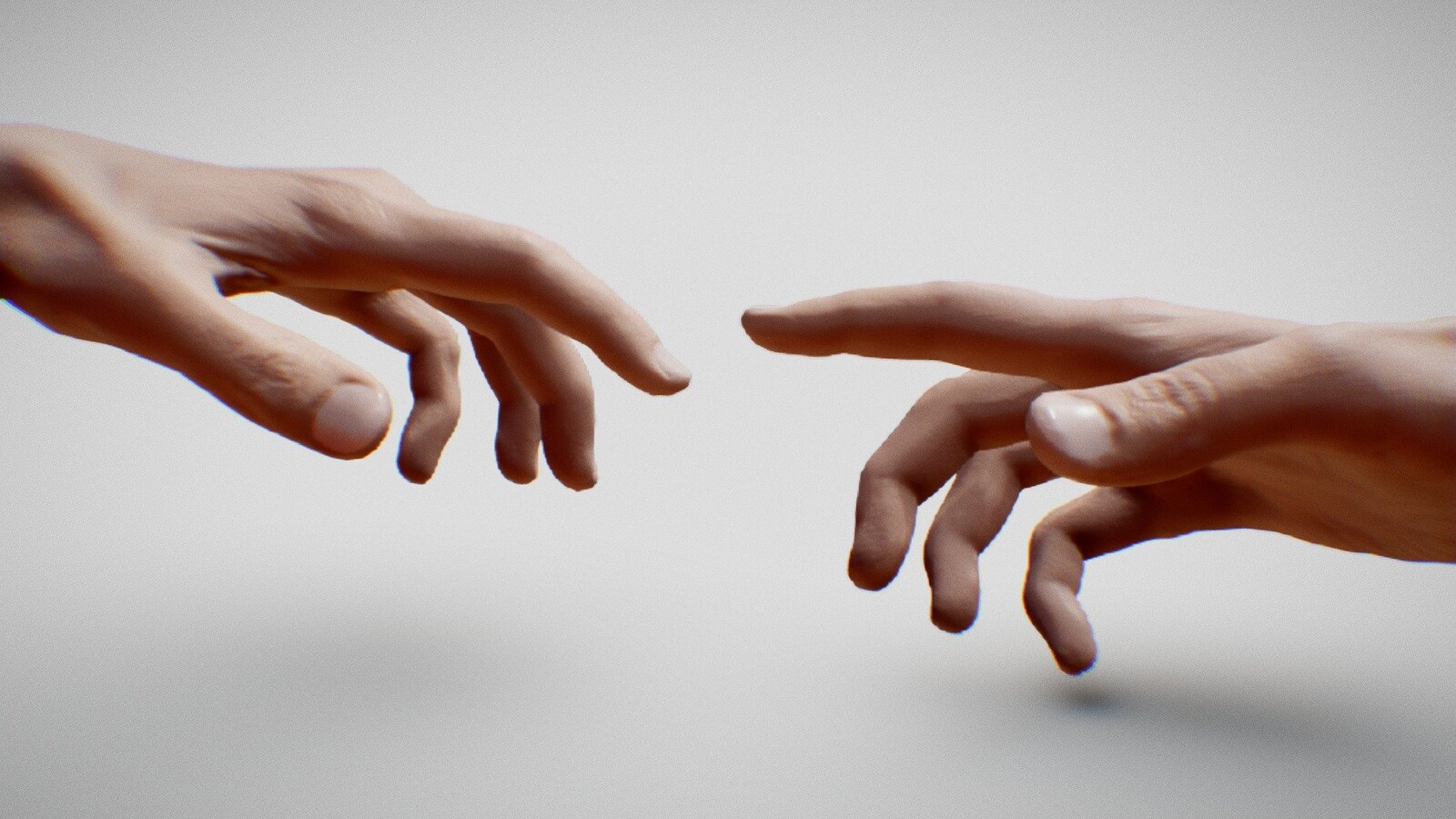
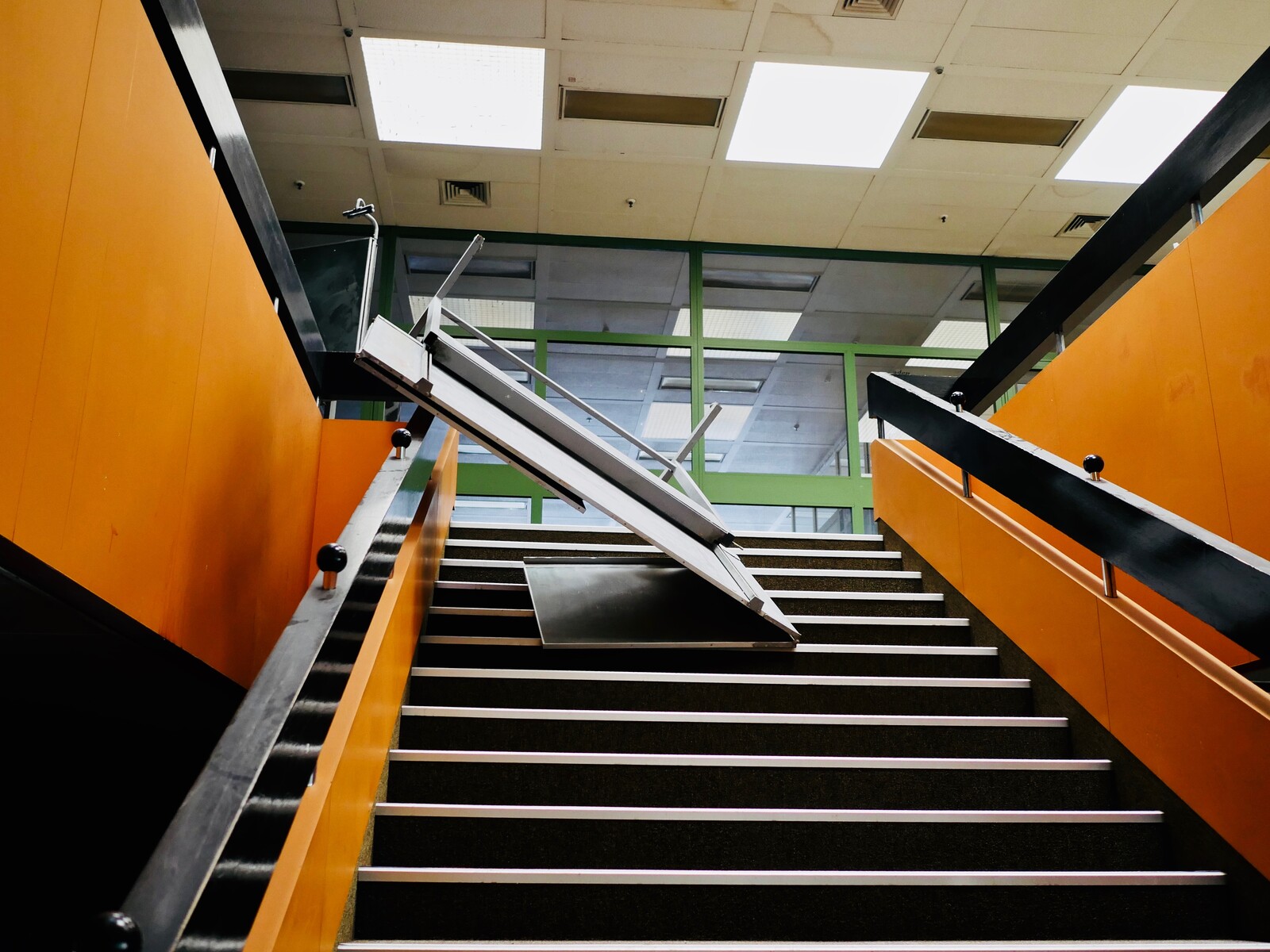
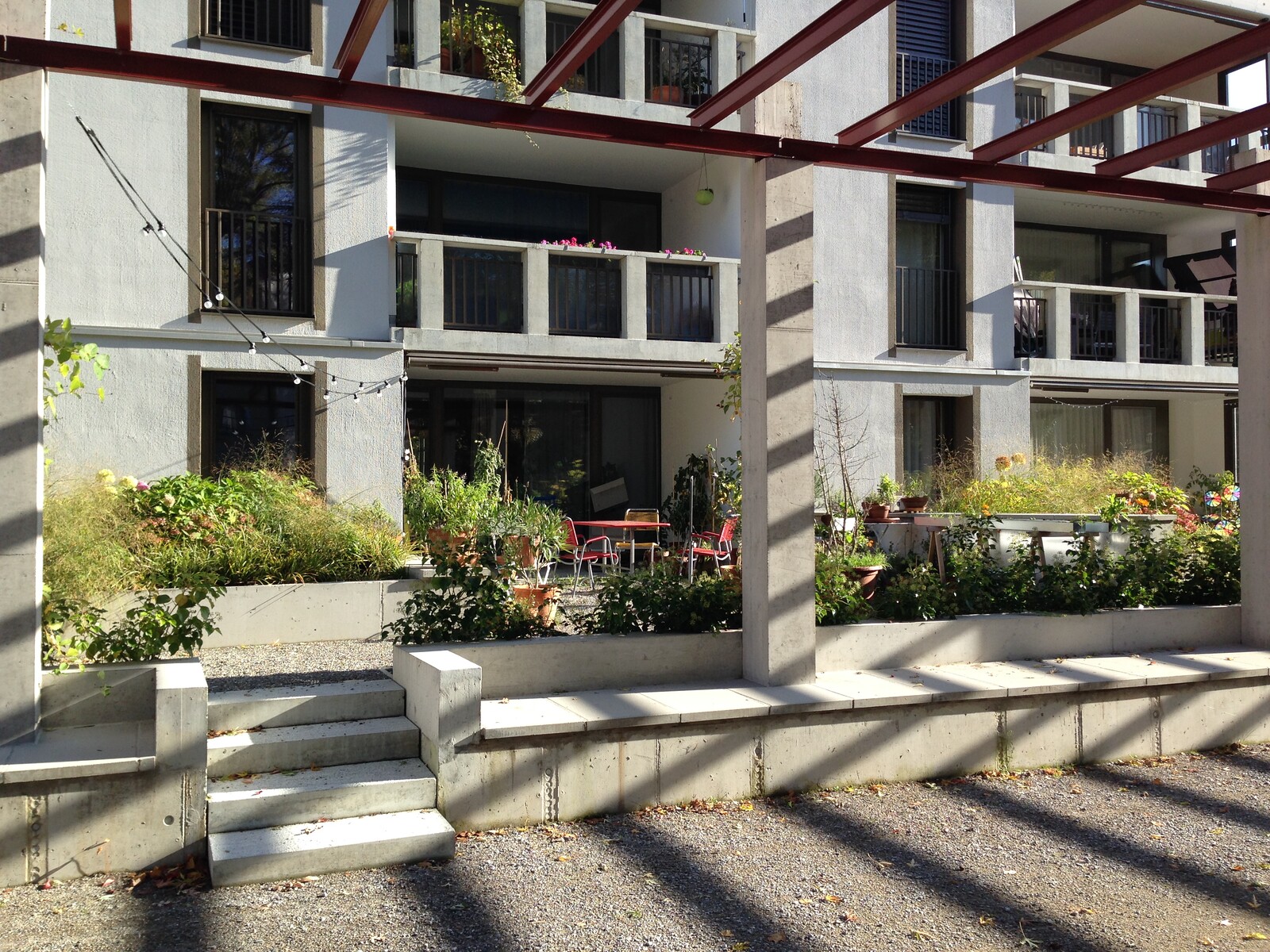
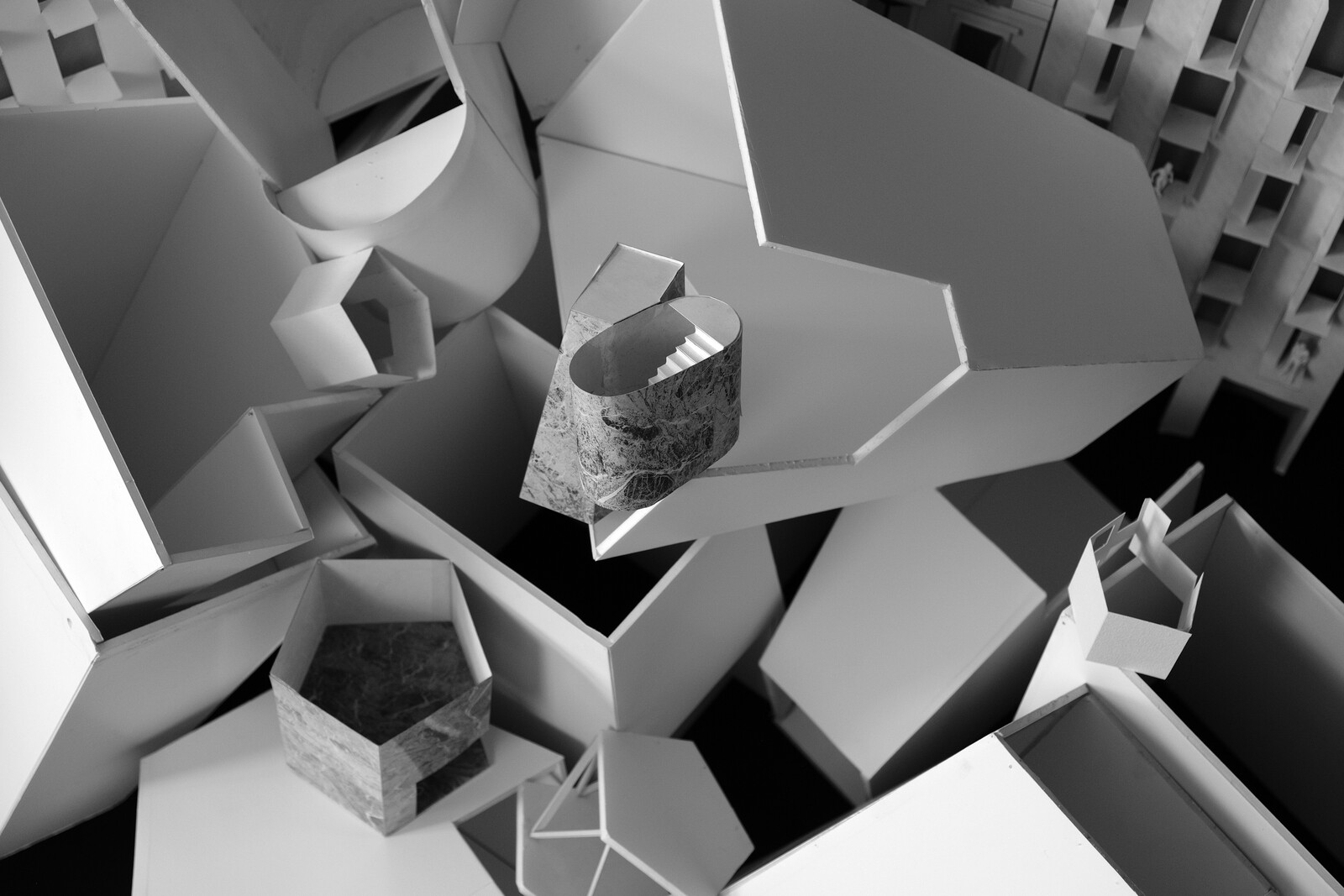
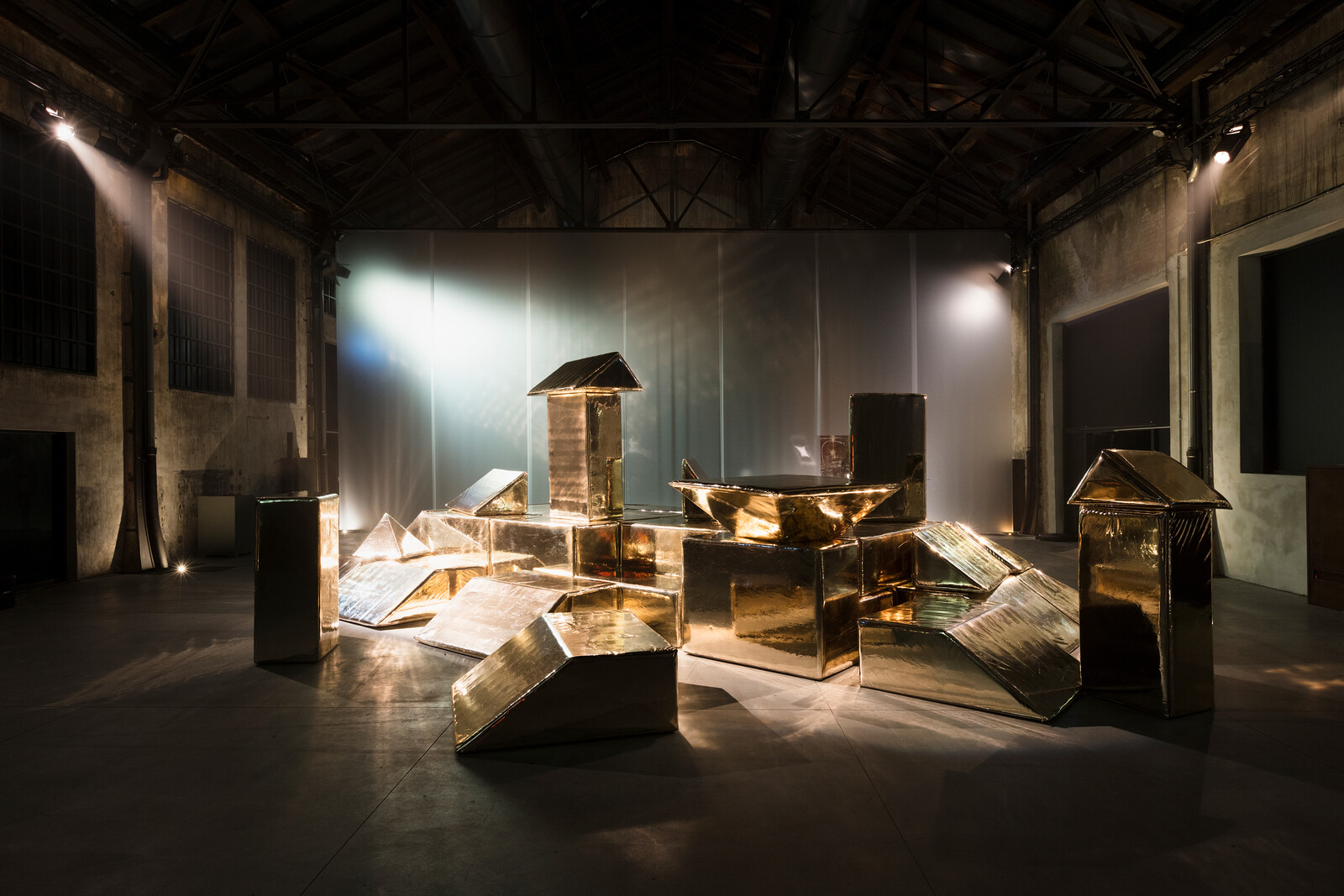
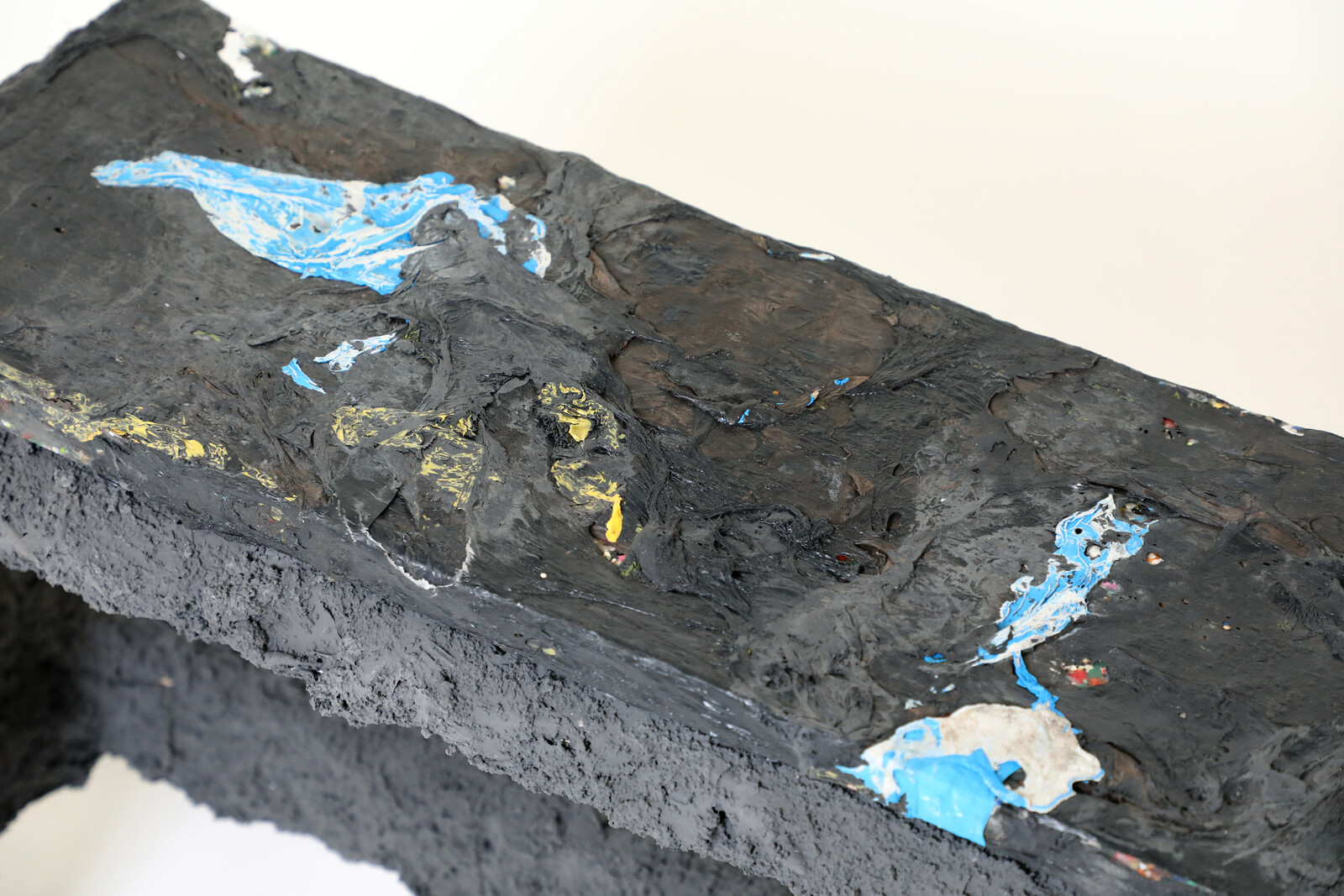
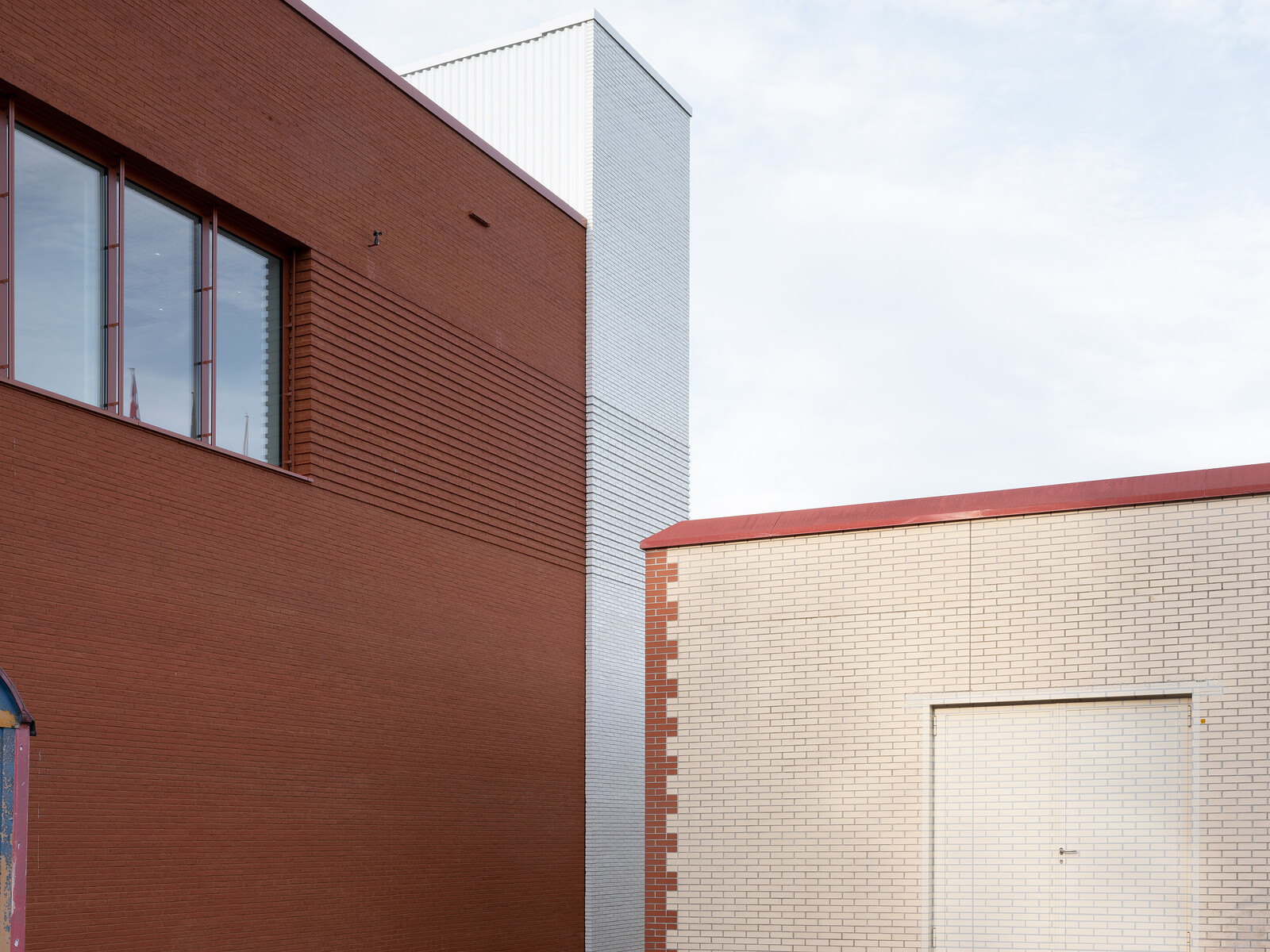
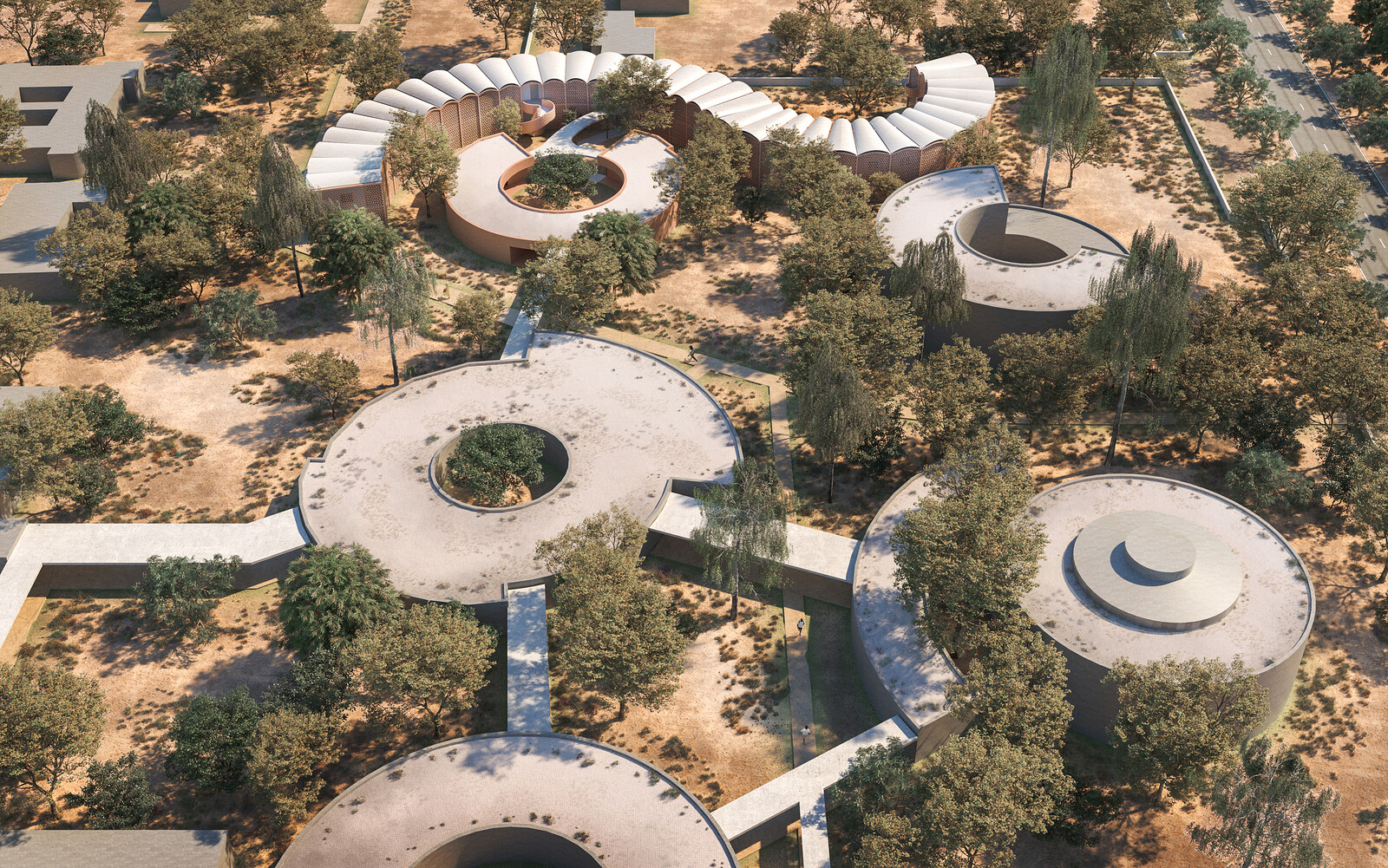

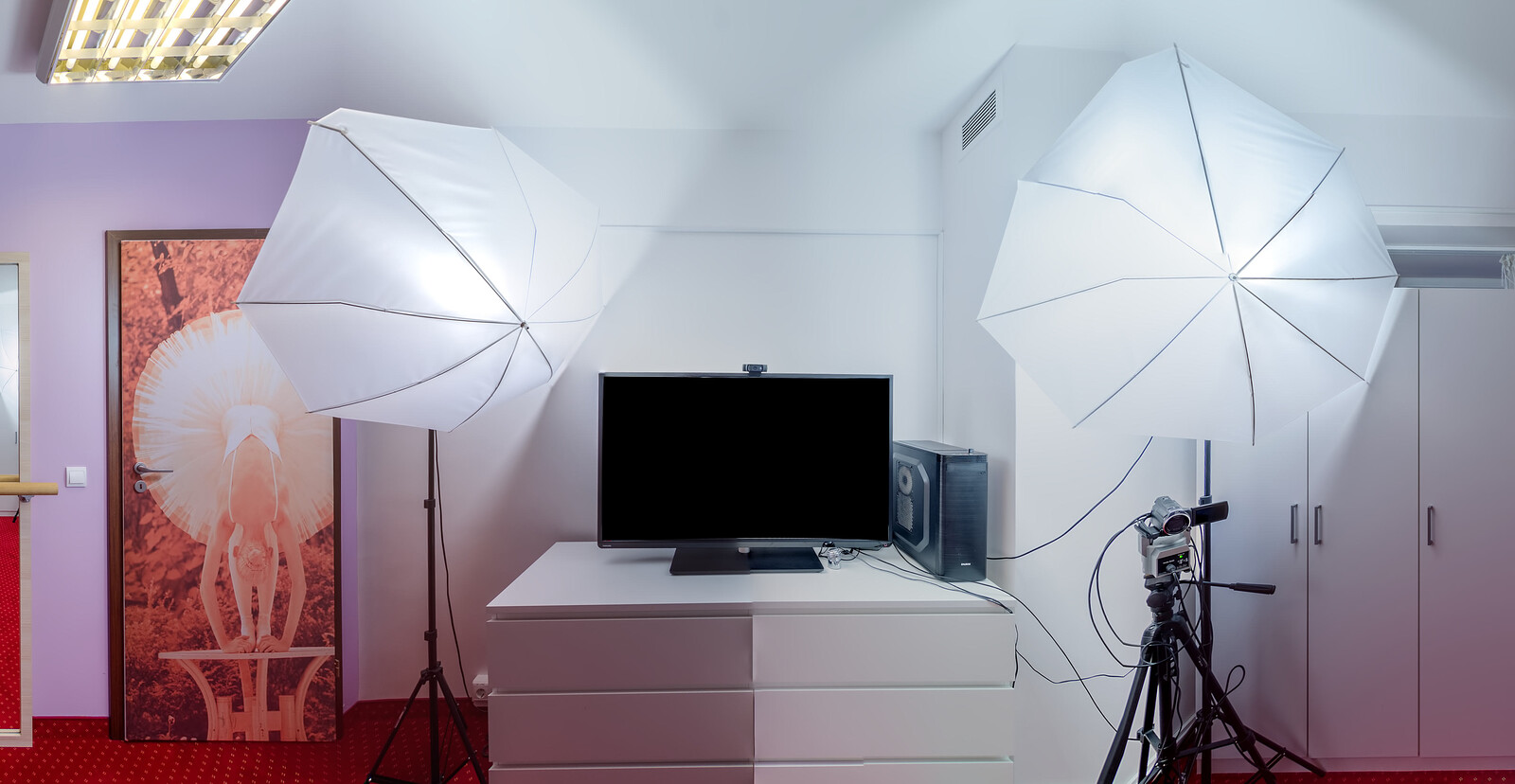
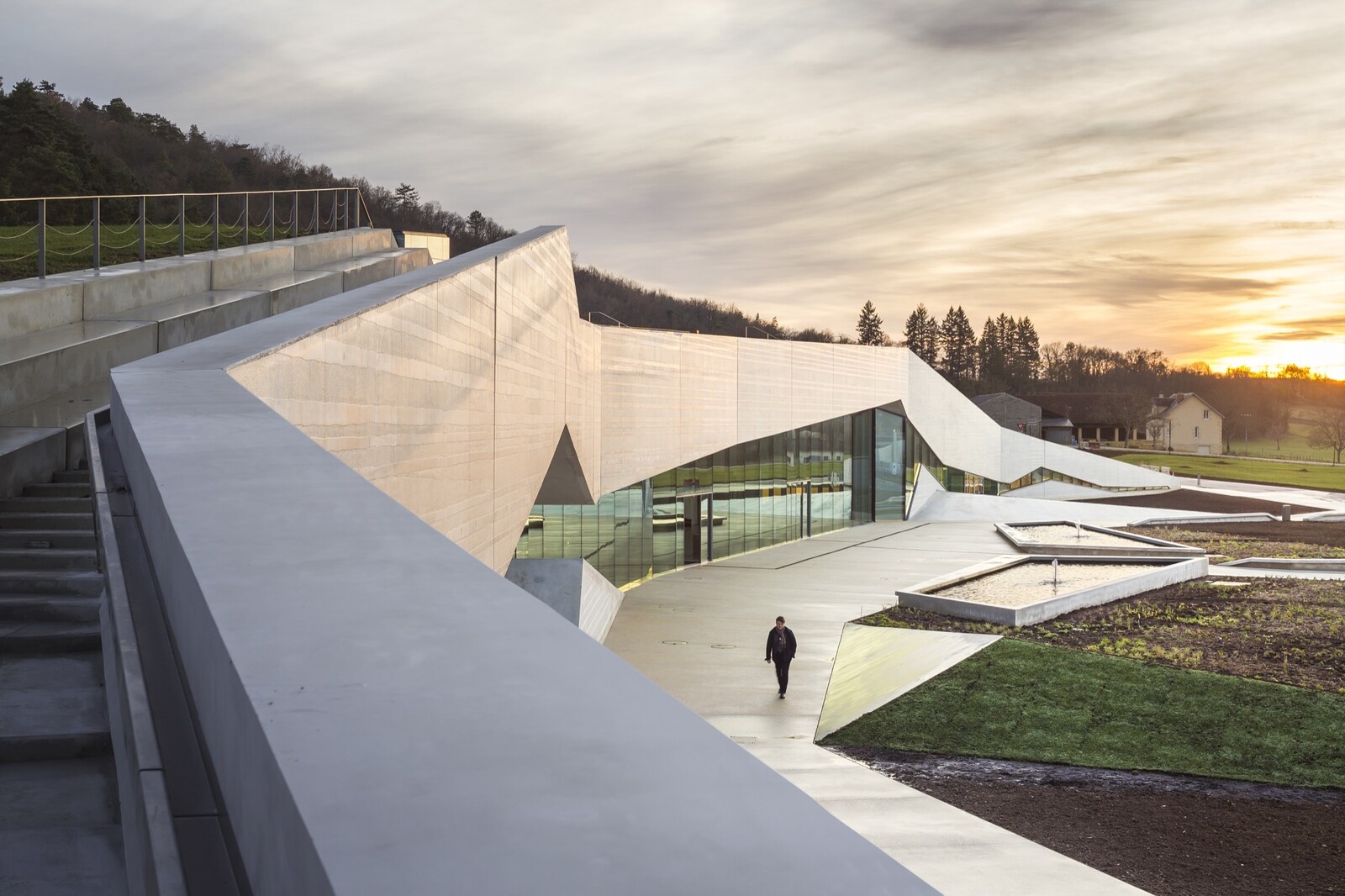
(2014).jpg,1600)

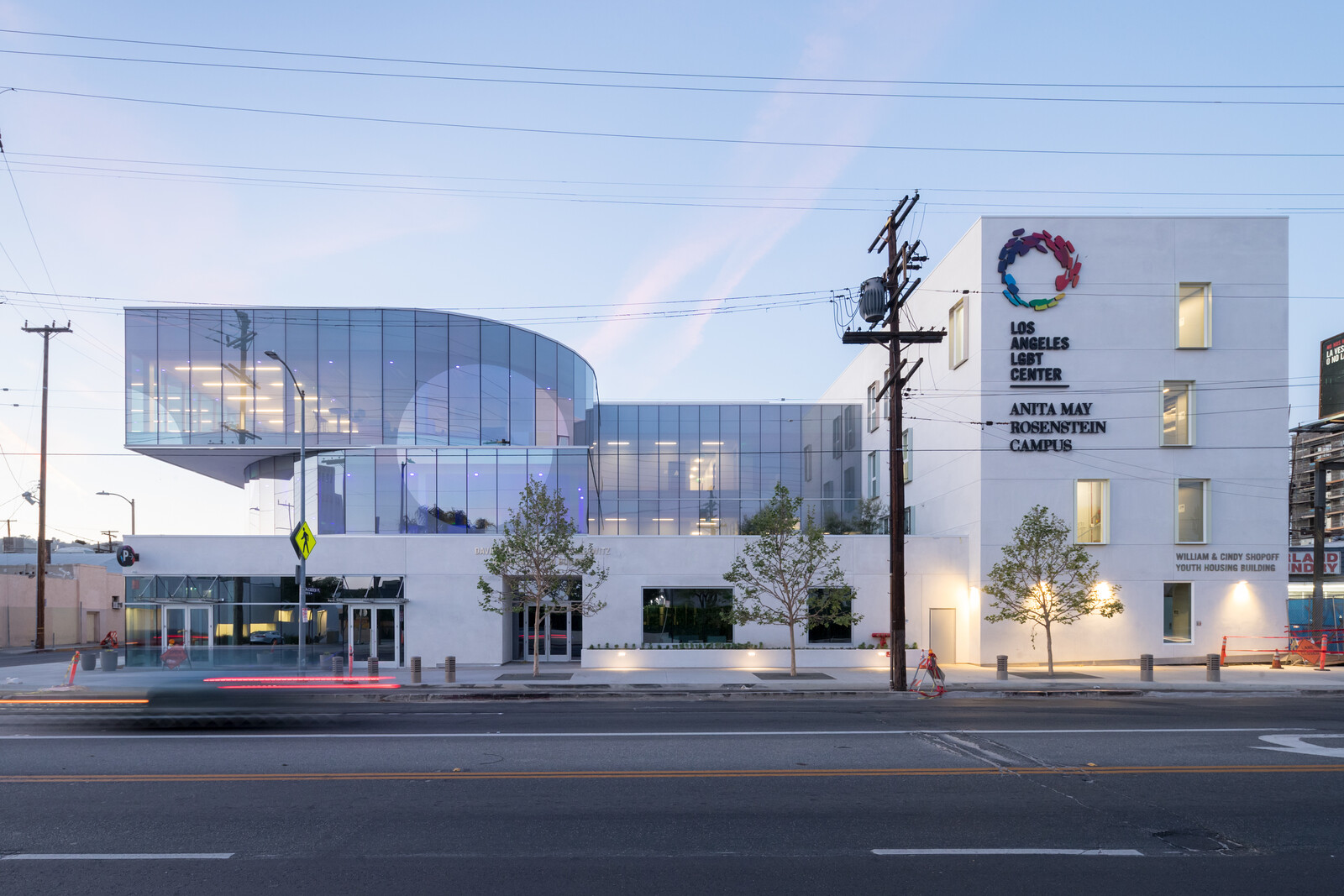
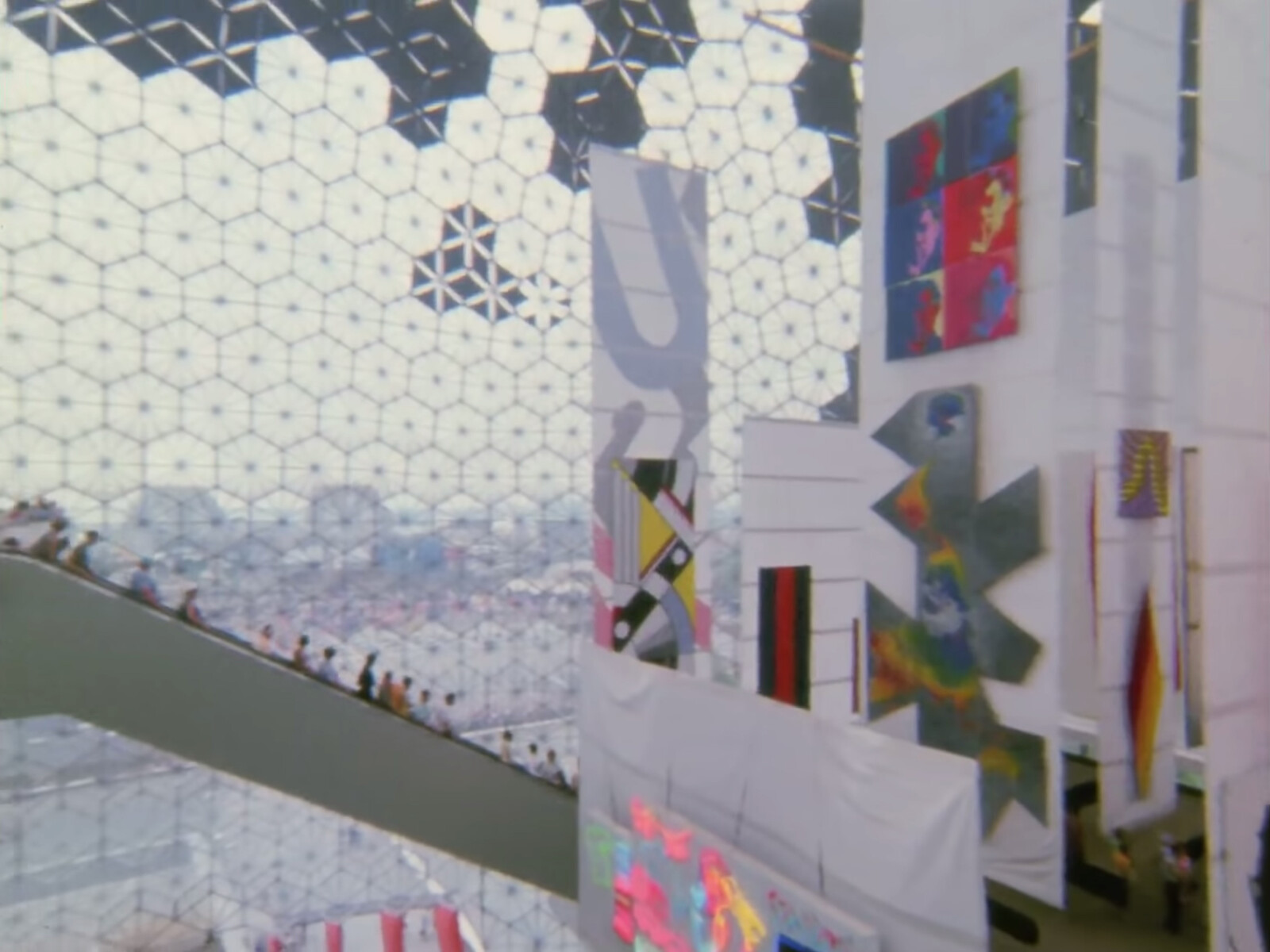
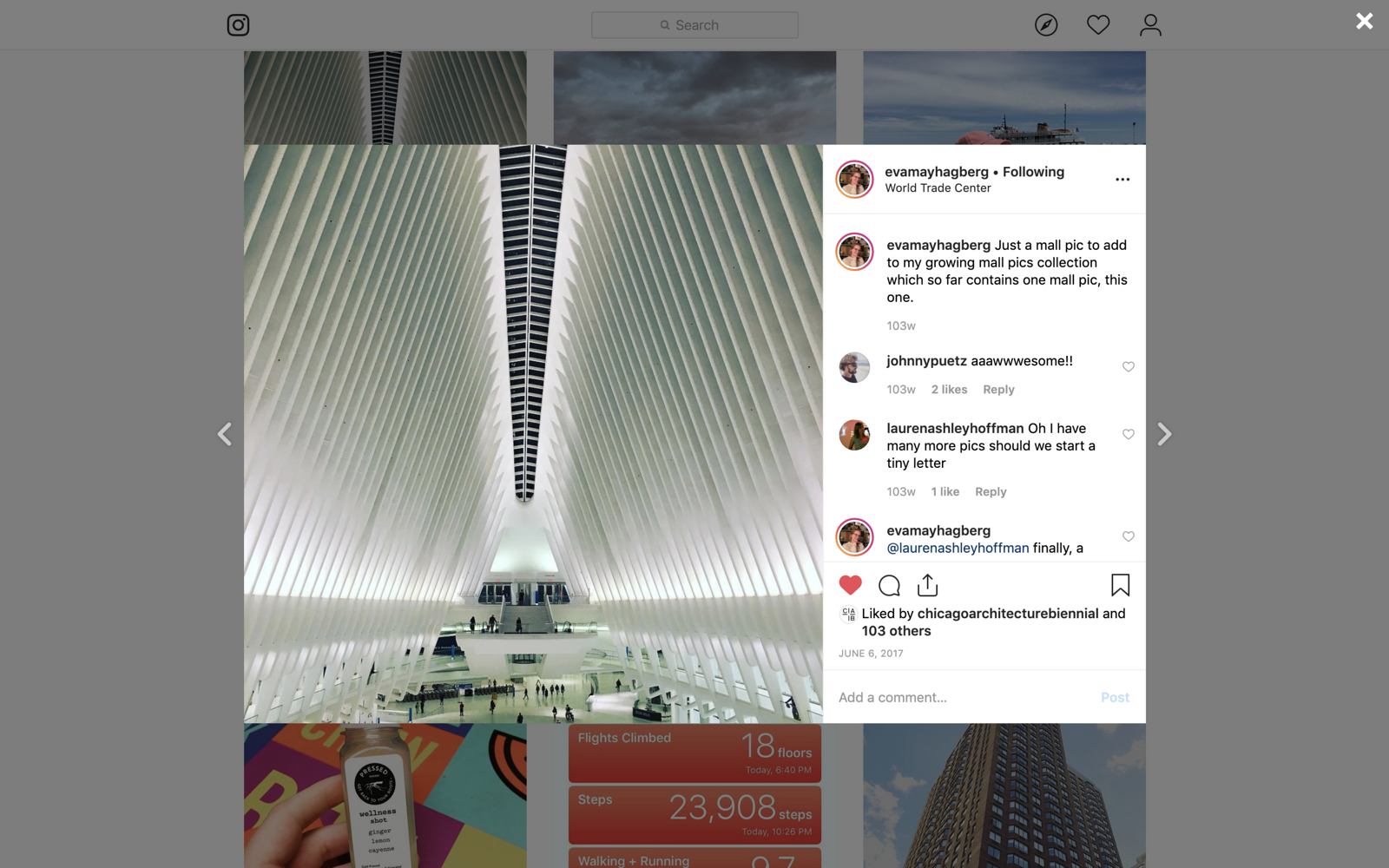
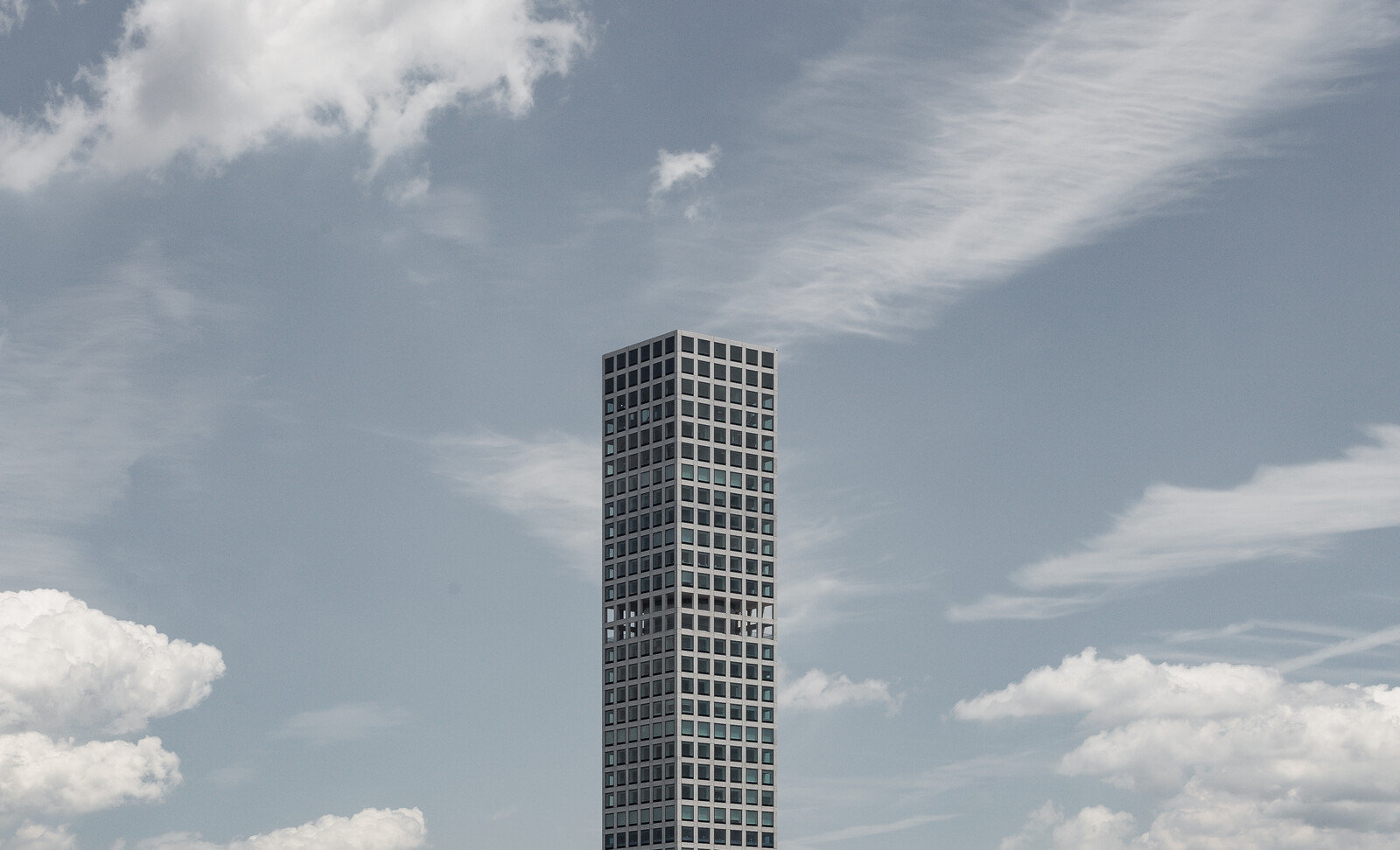
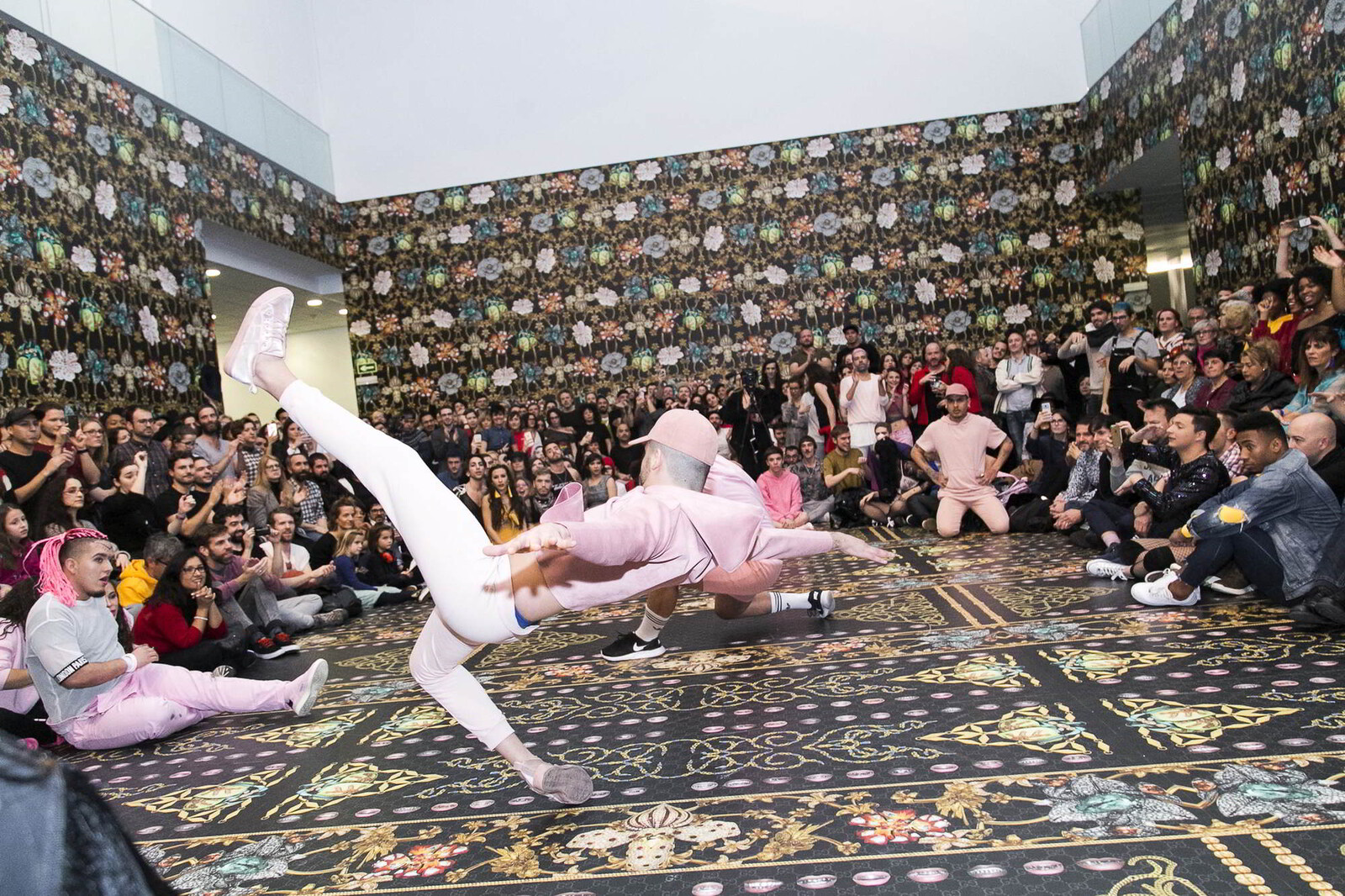
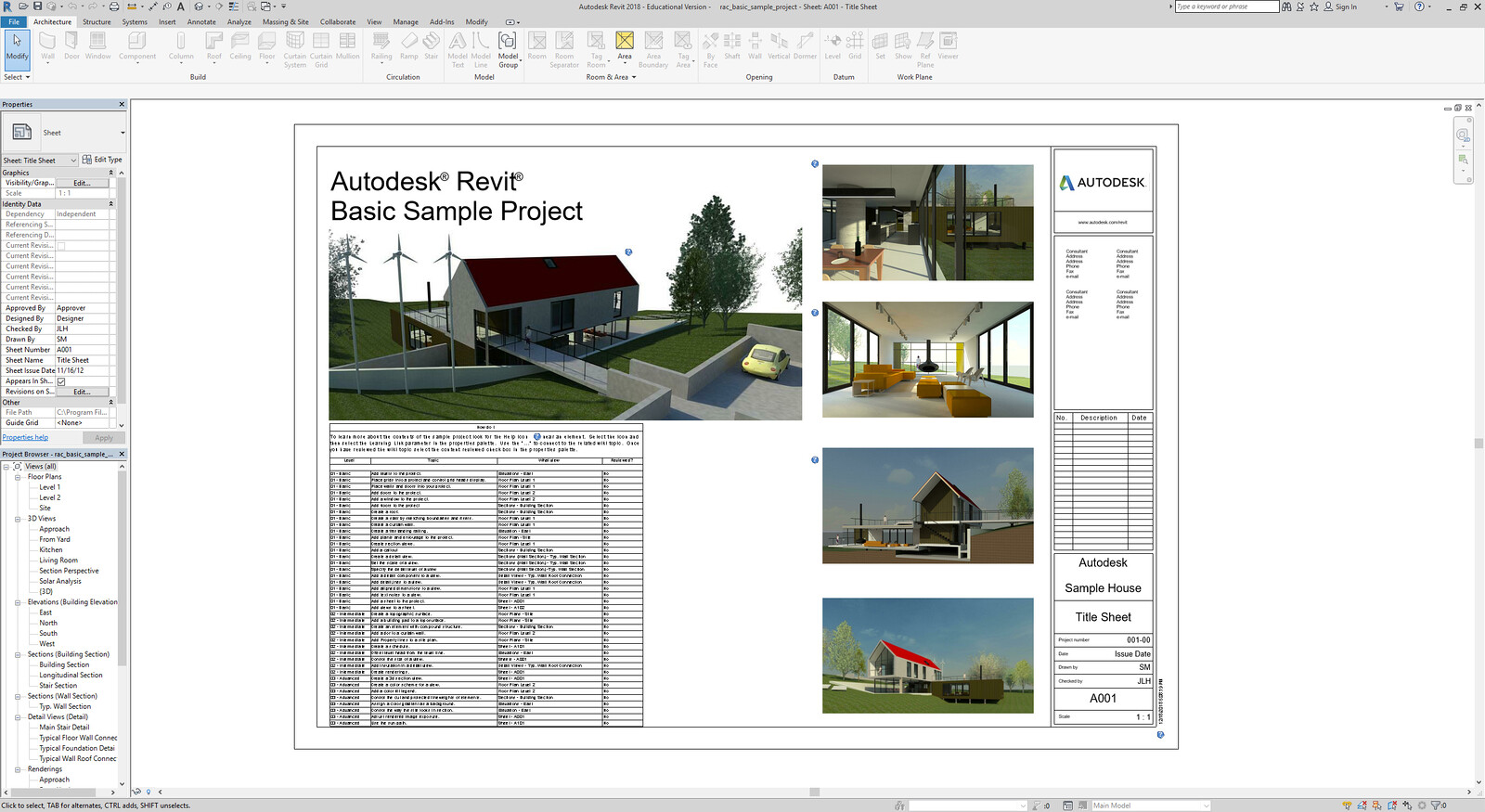

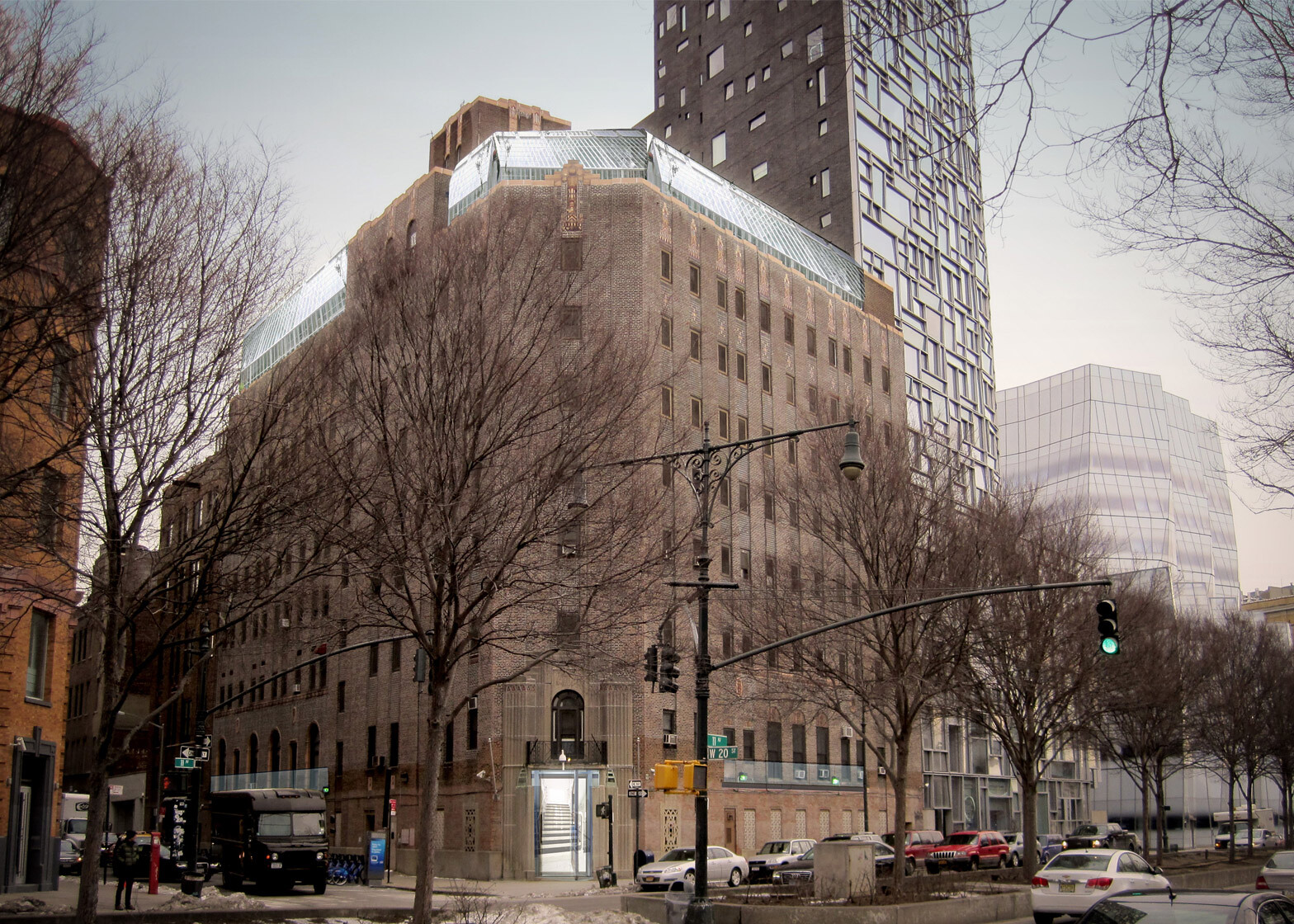

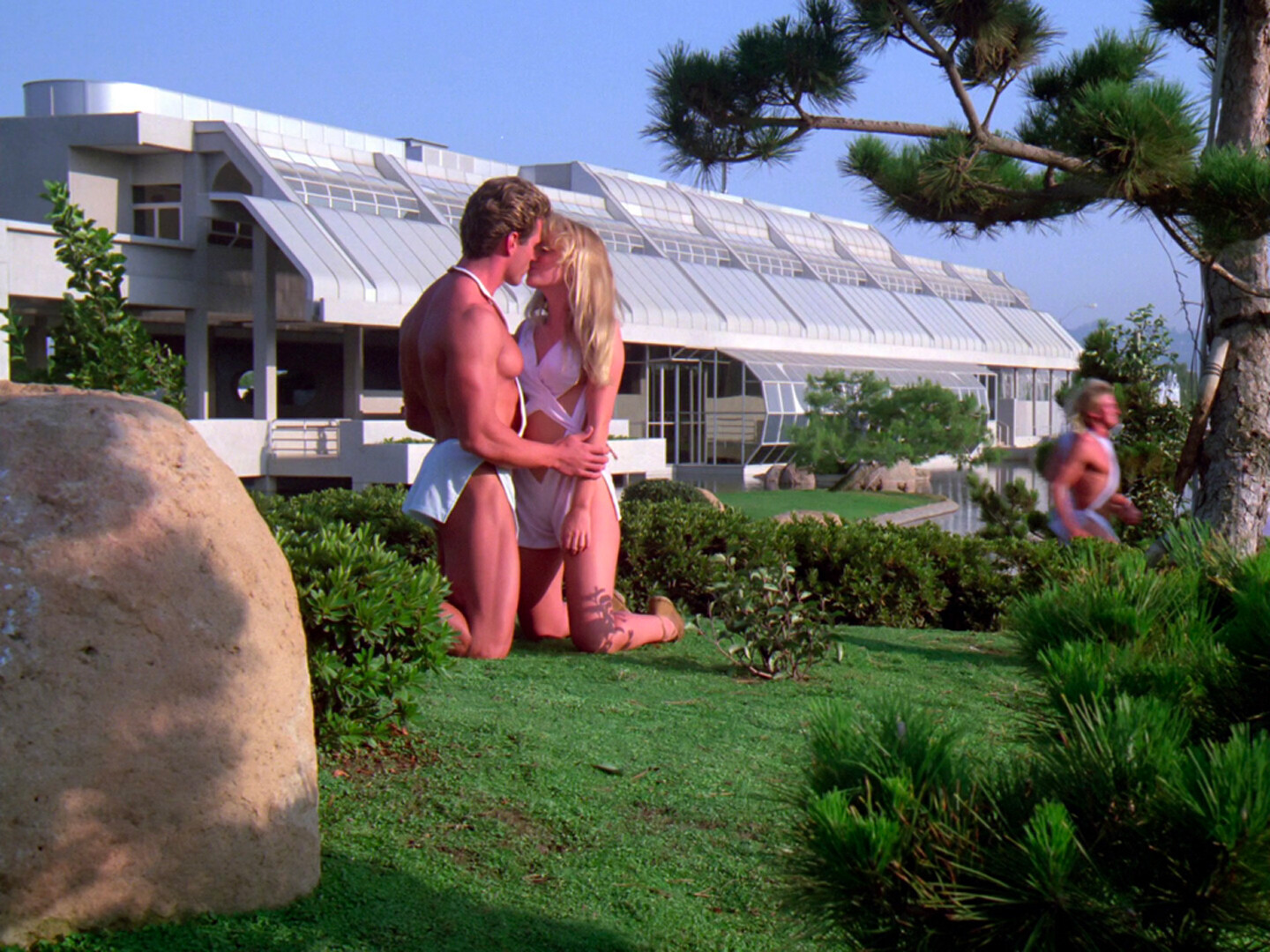
,-2003,-srgb.jpg,1600)
